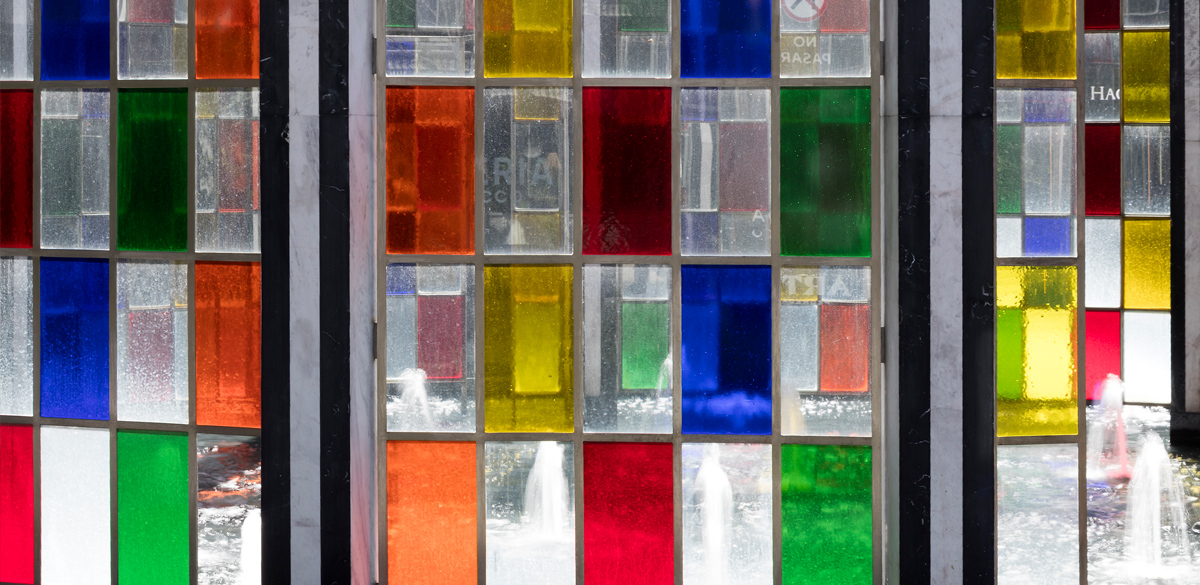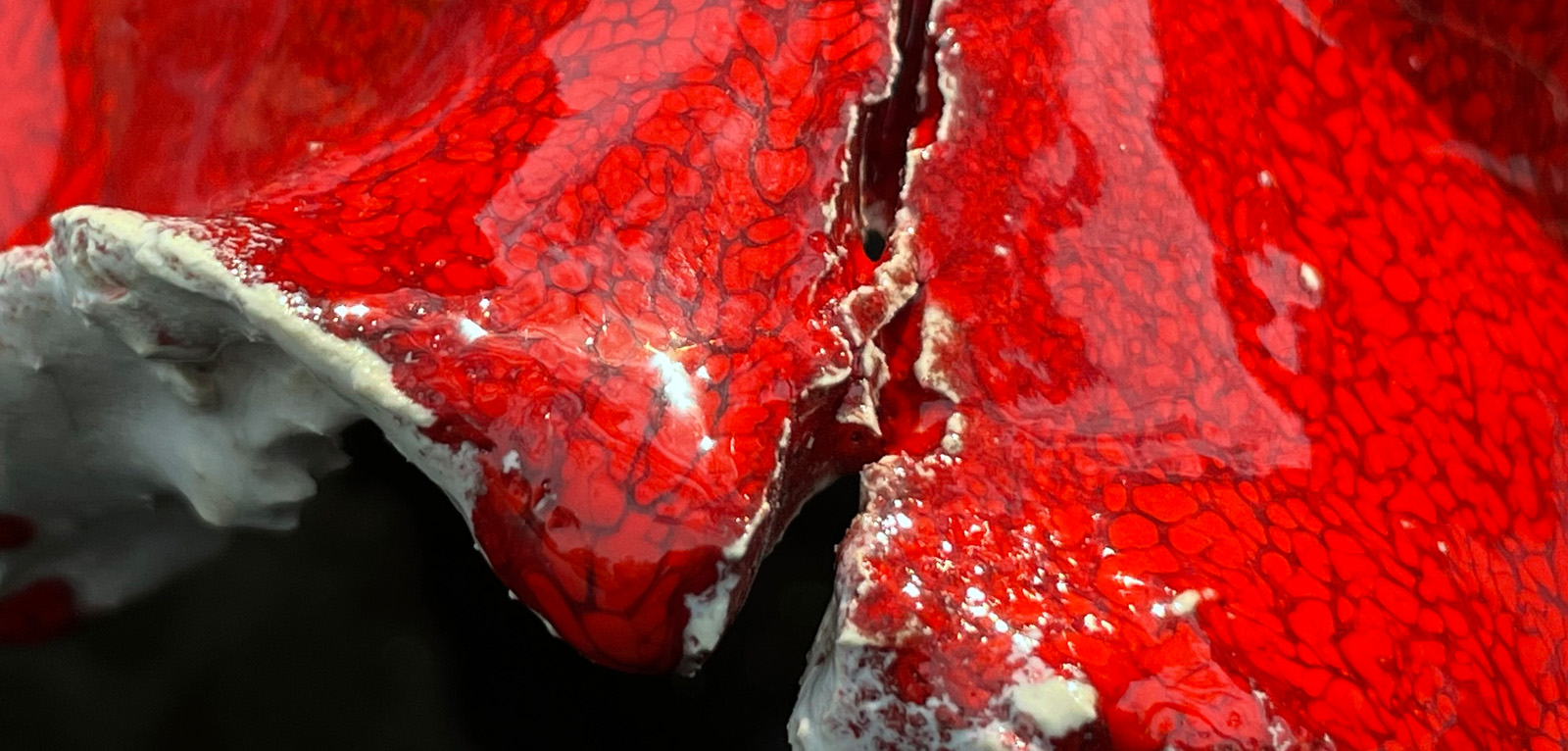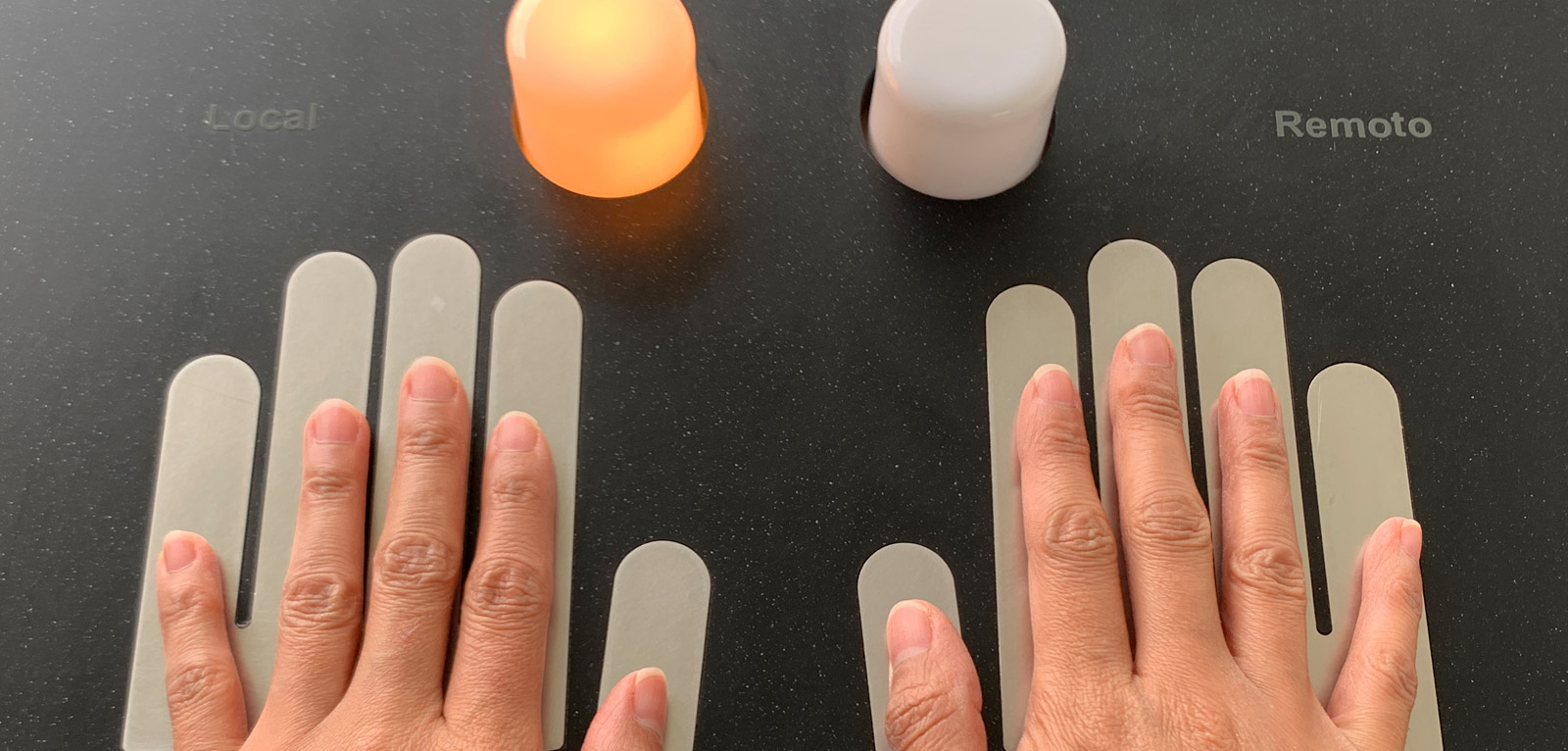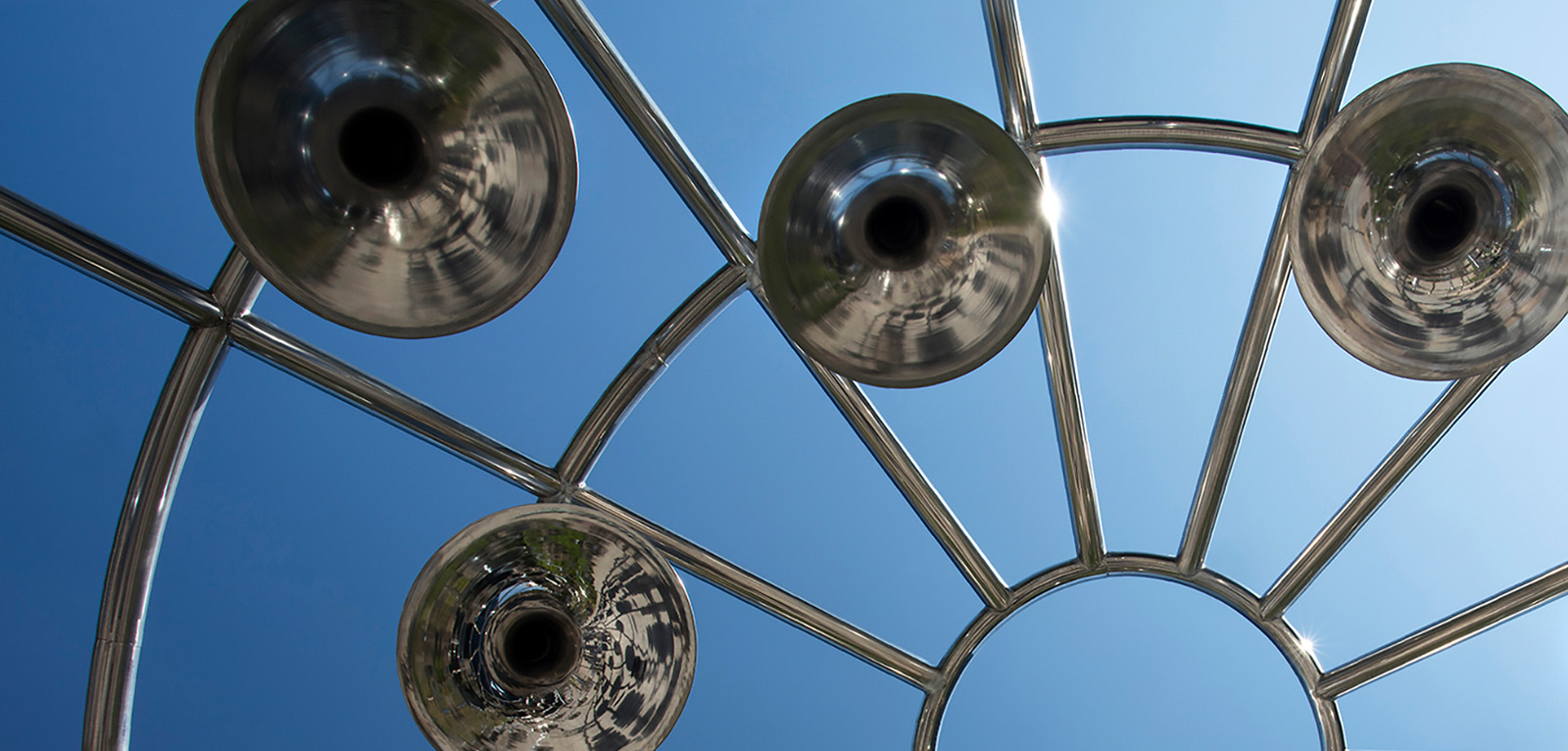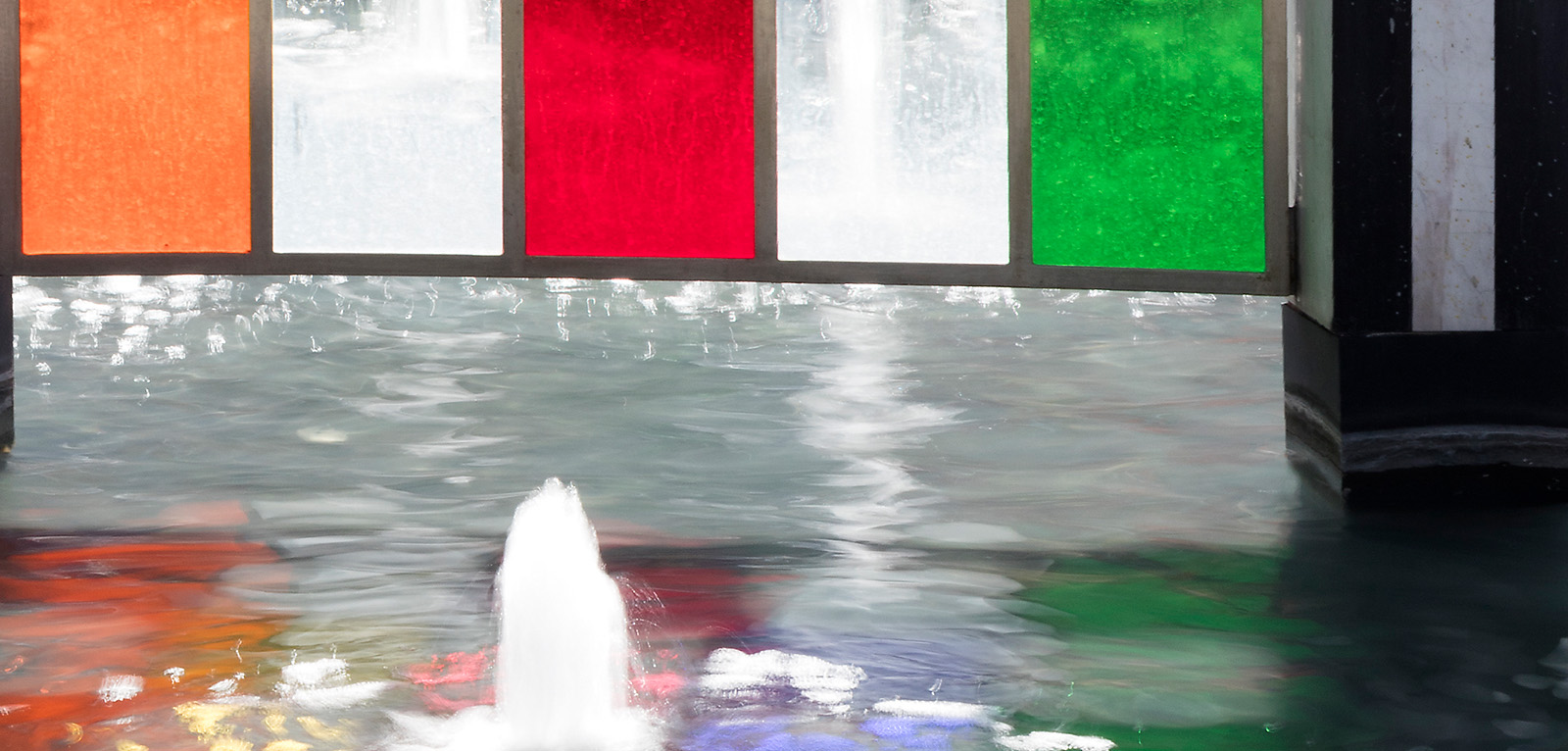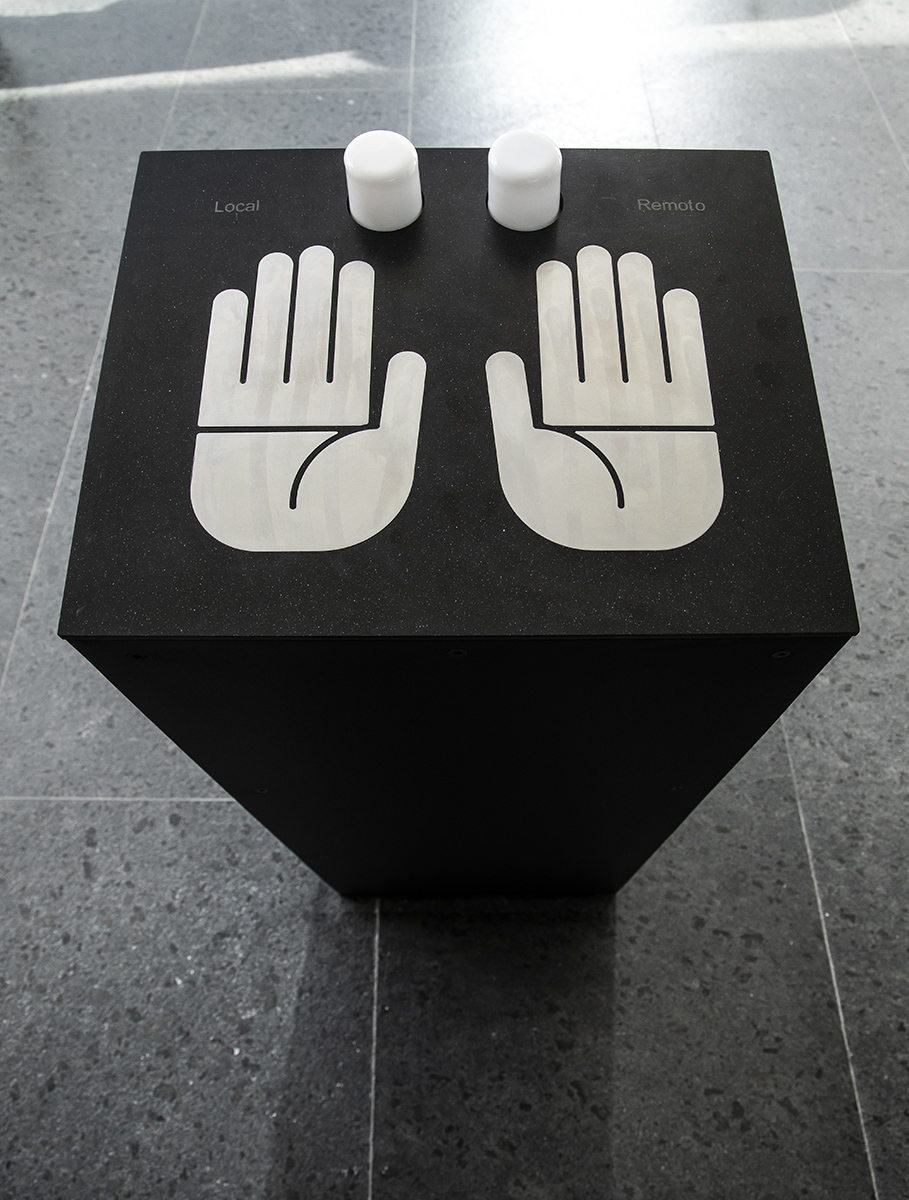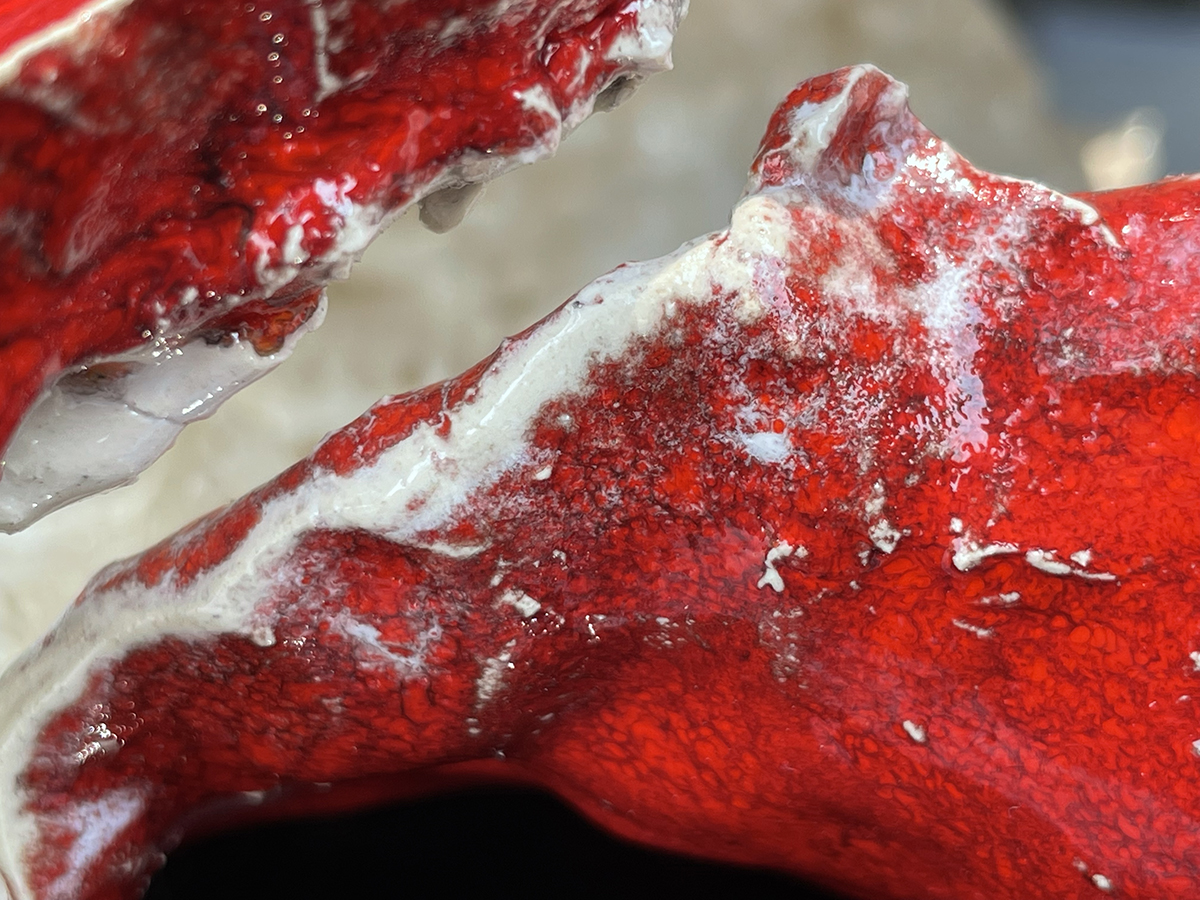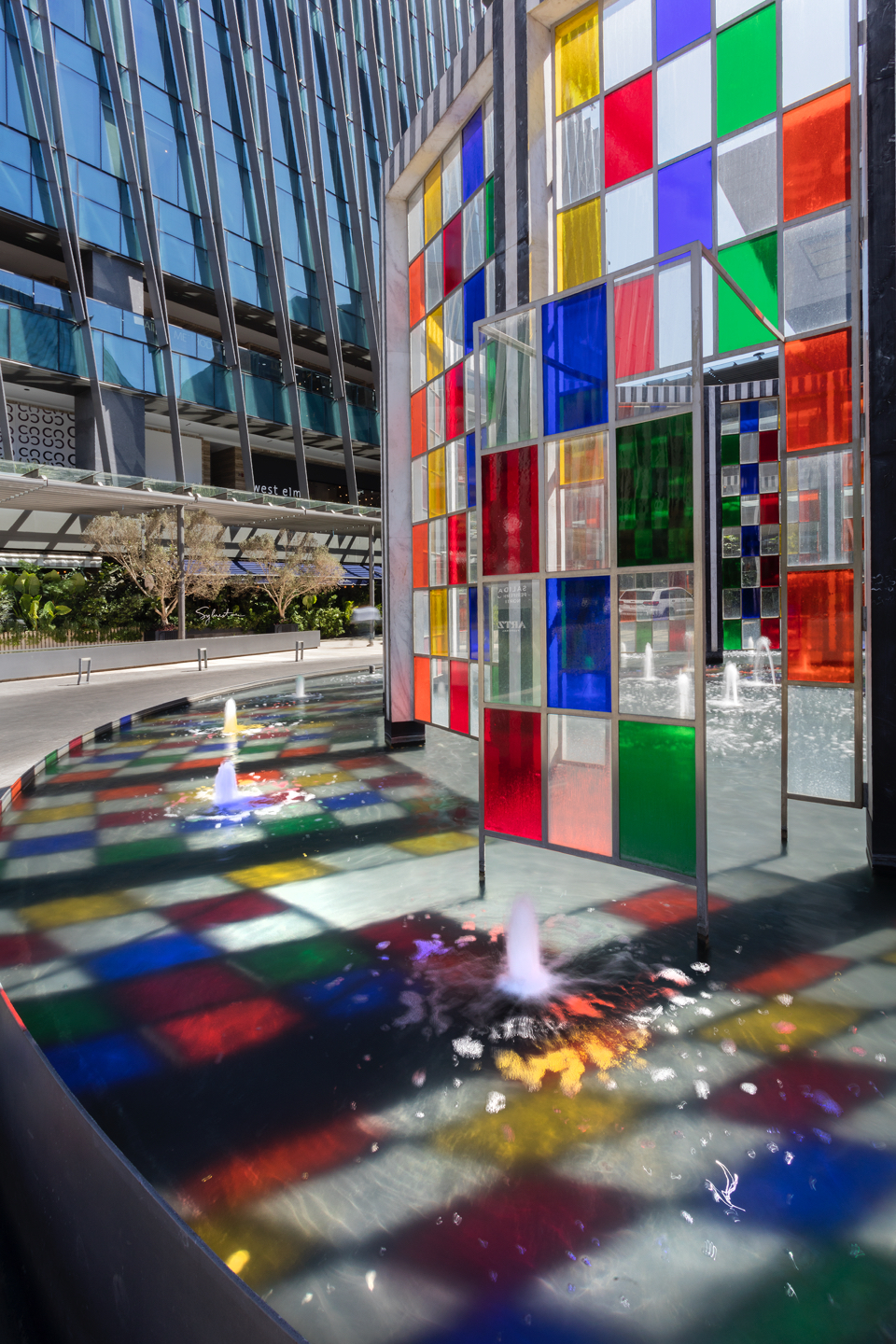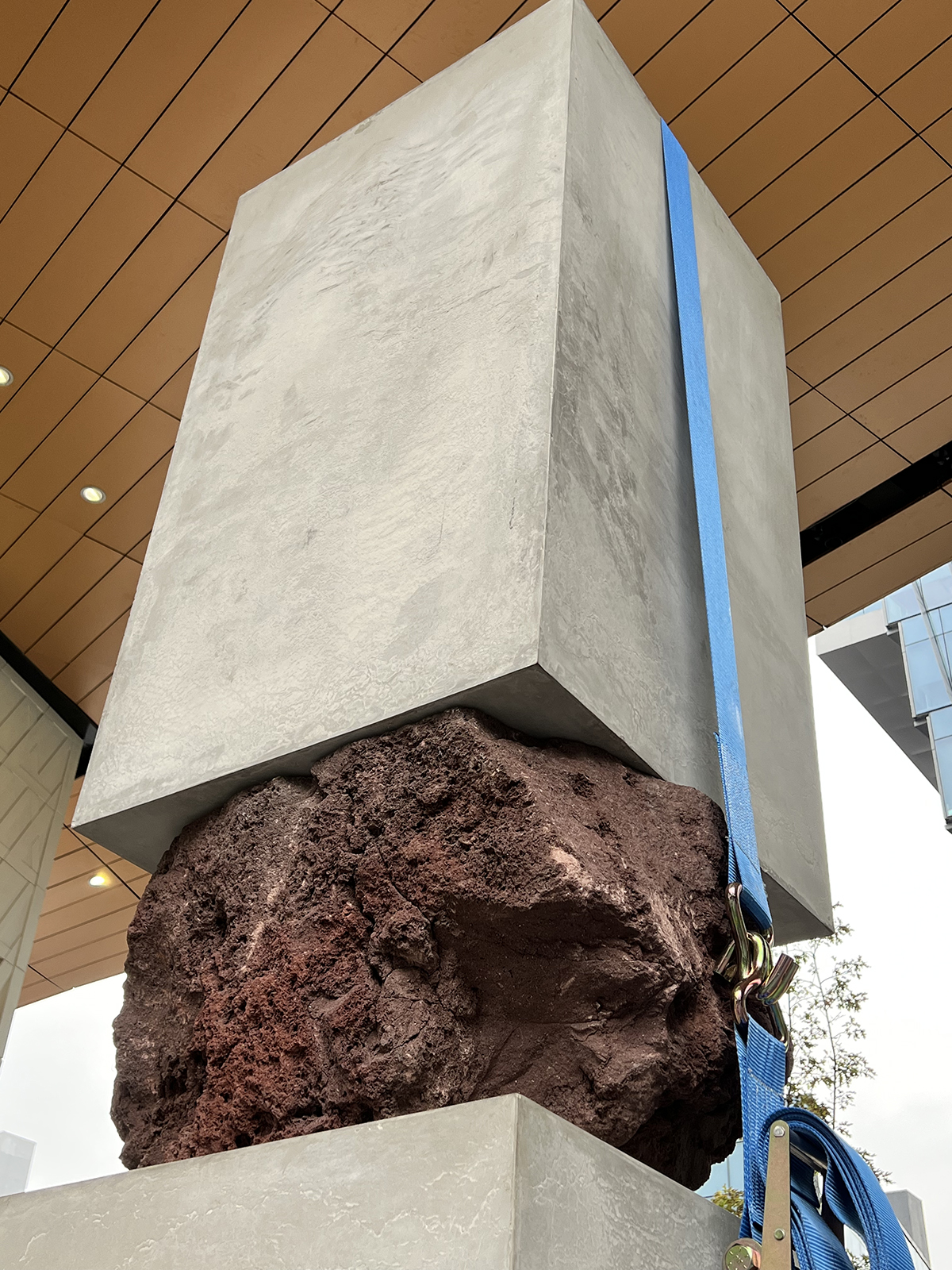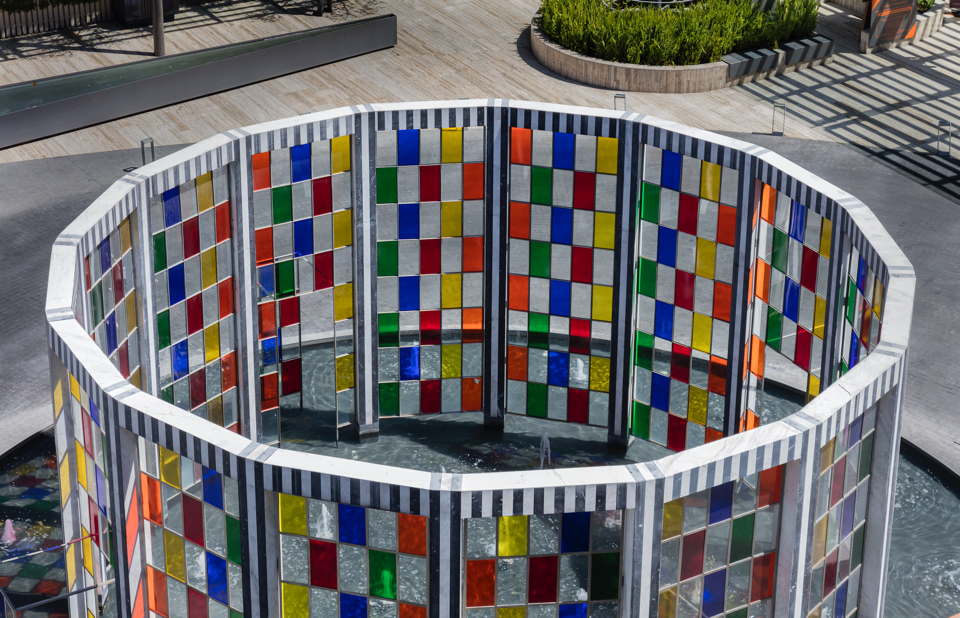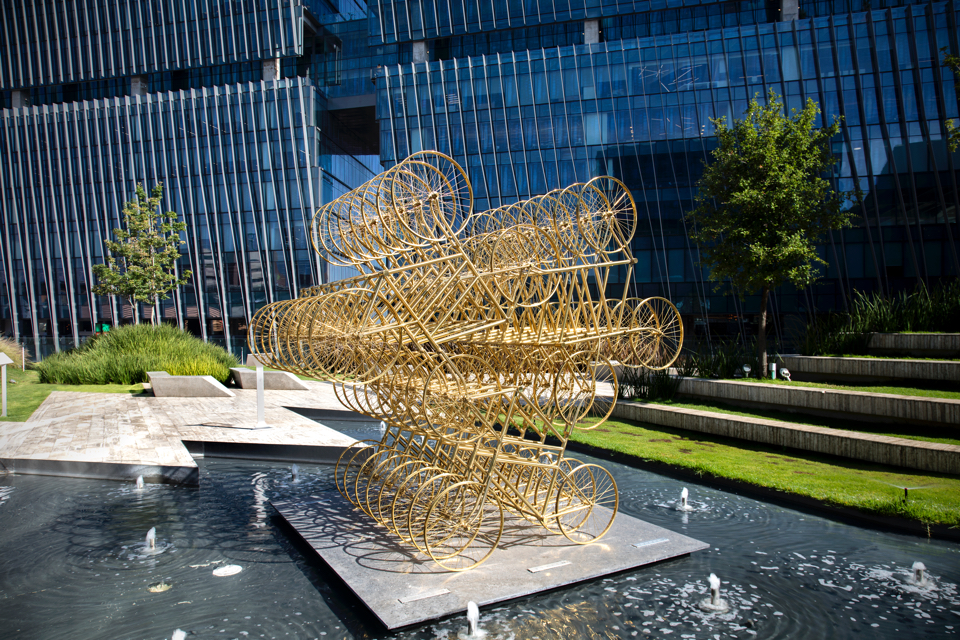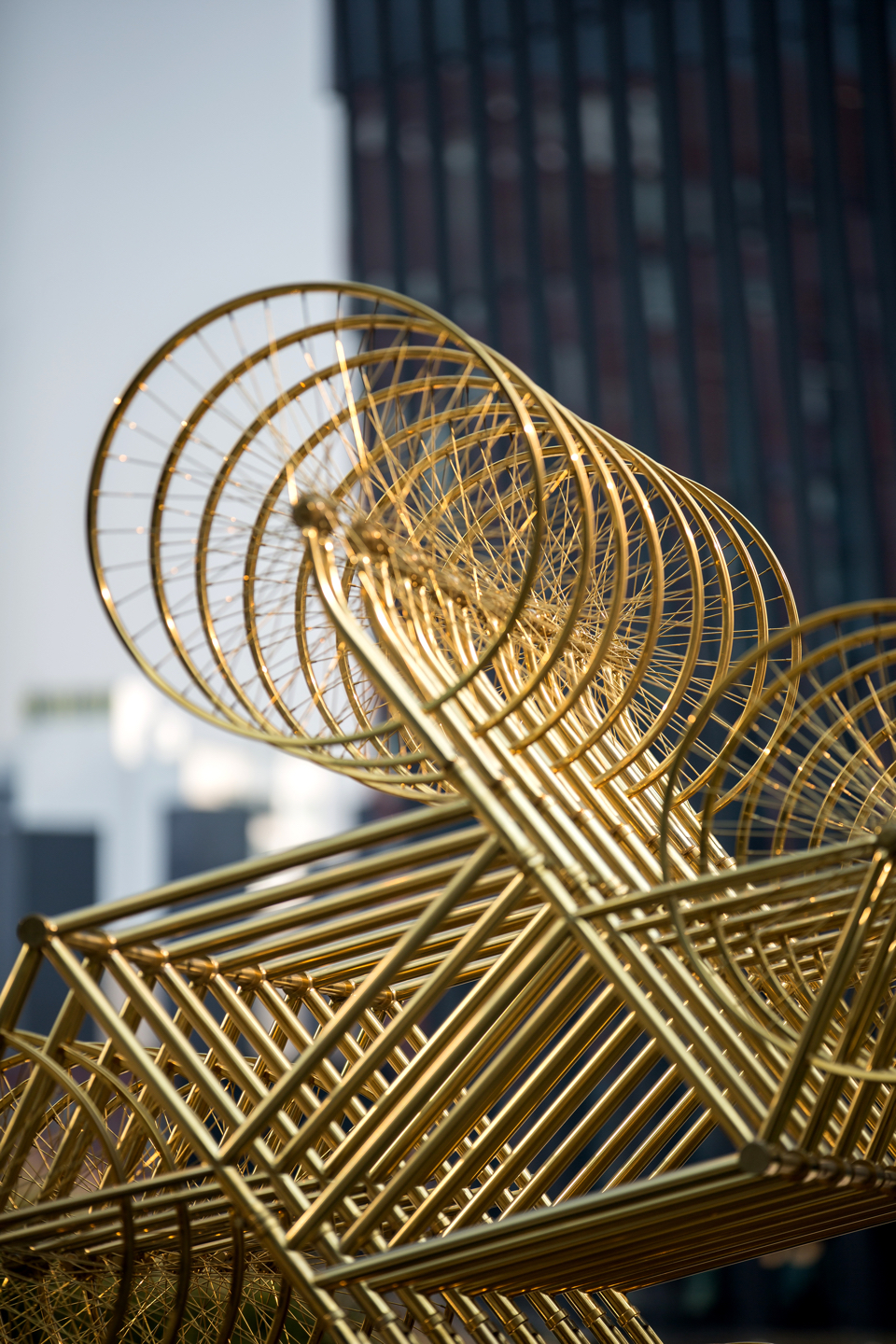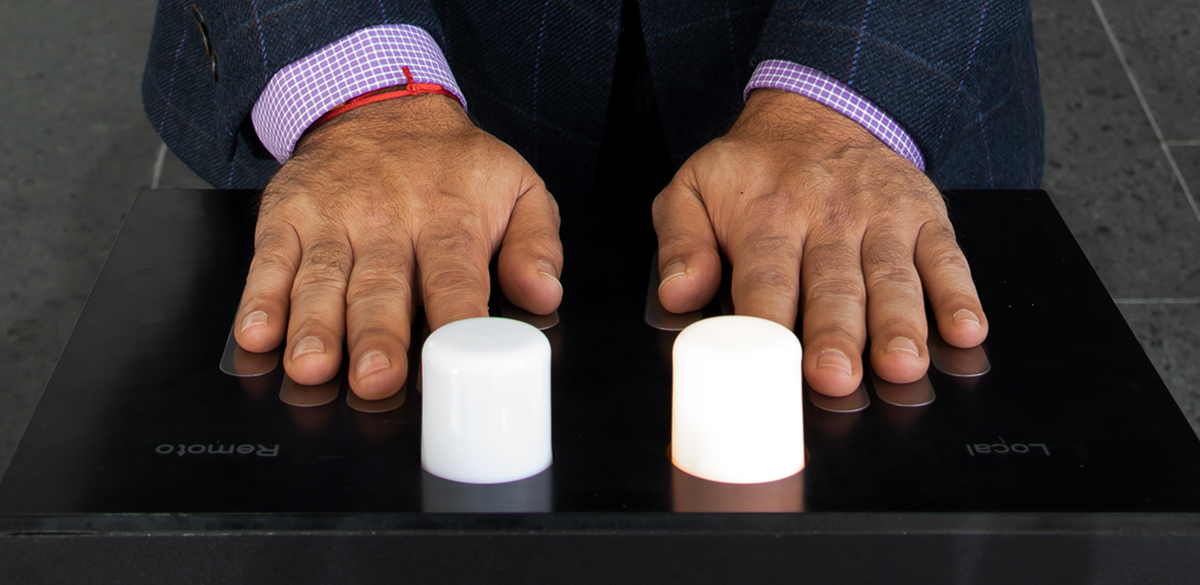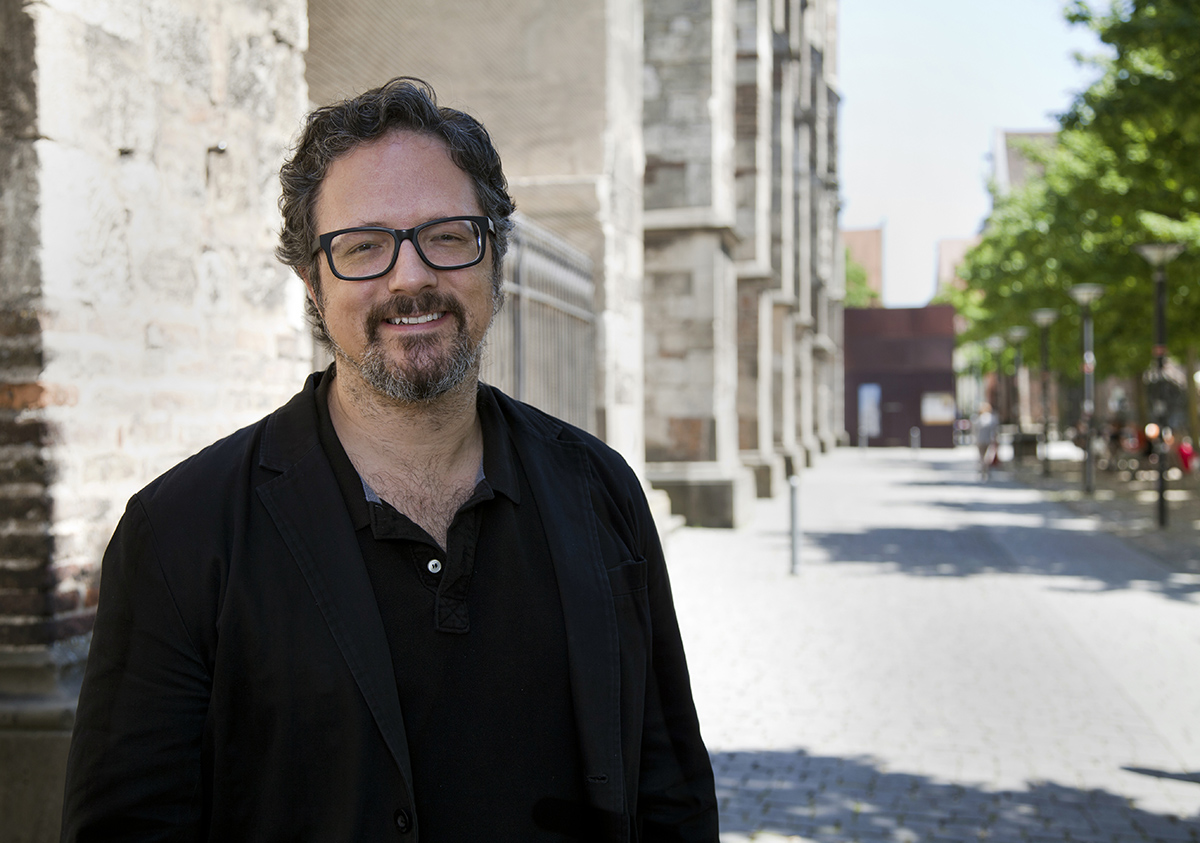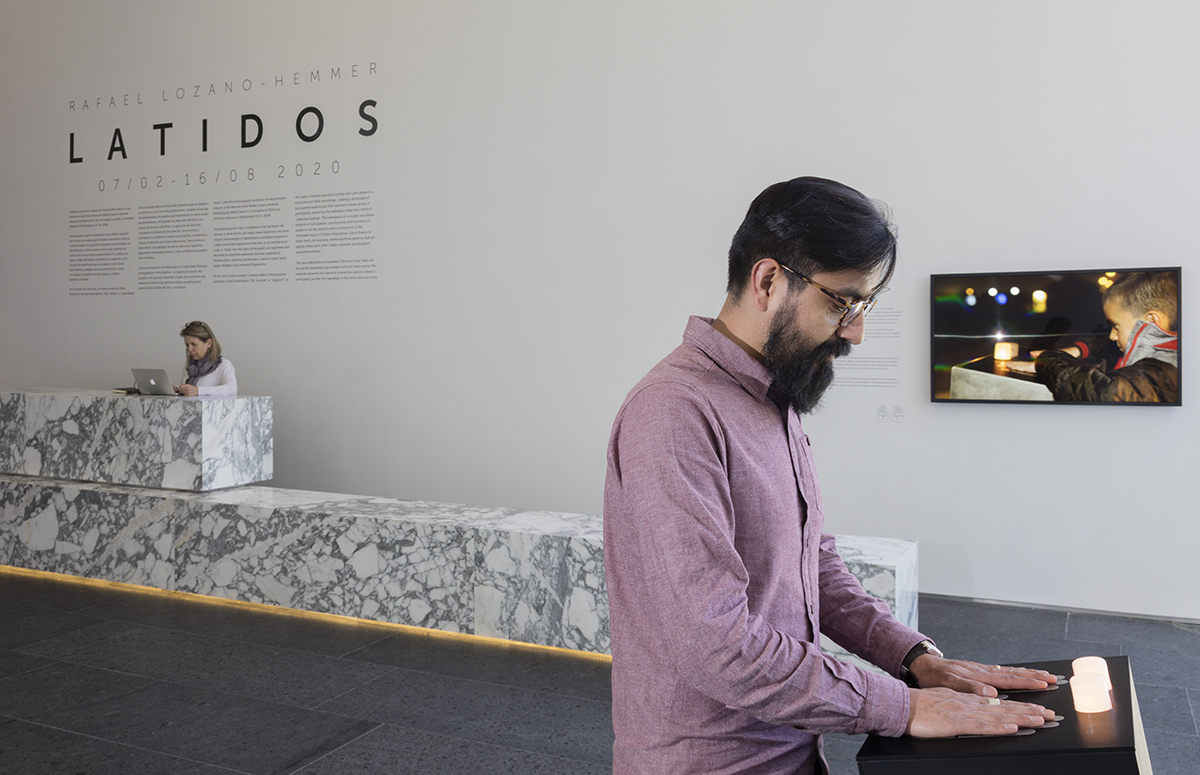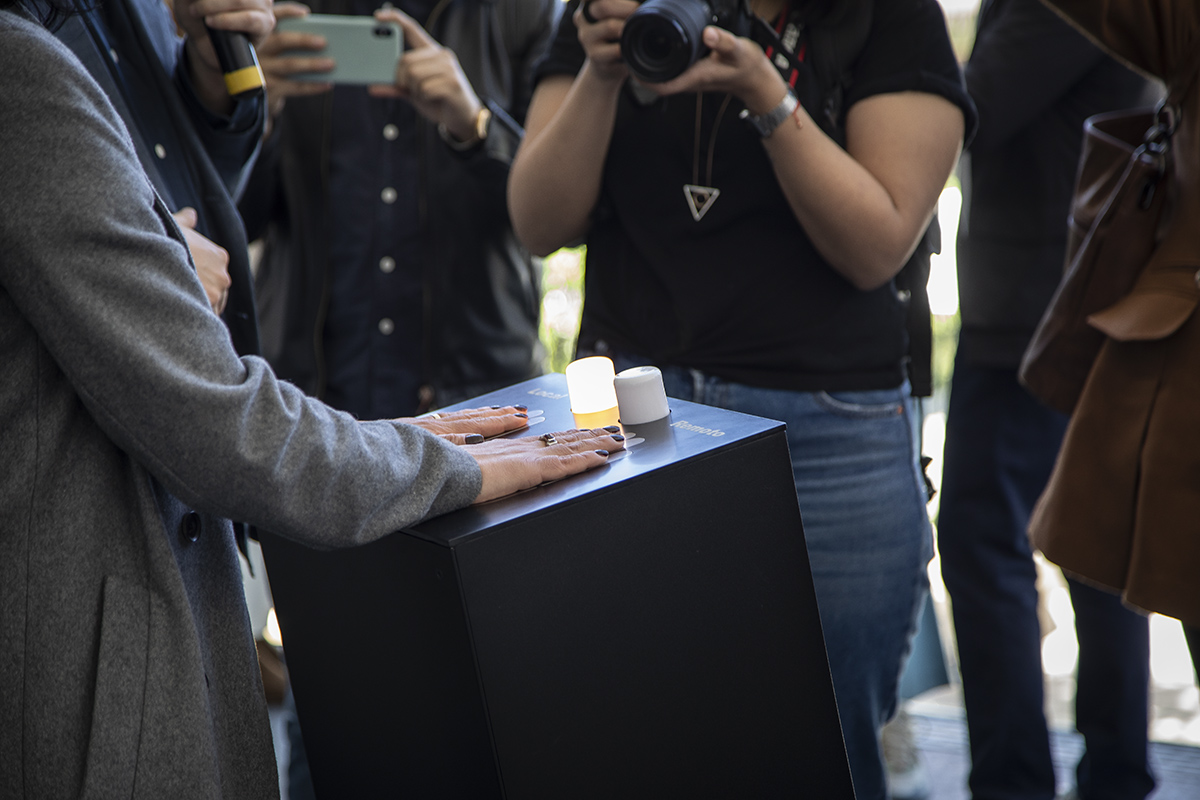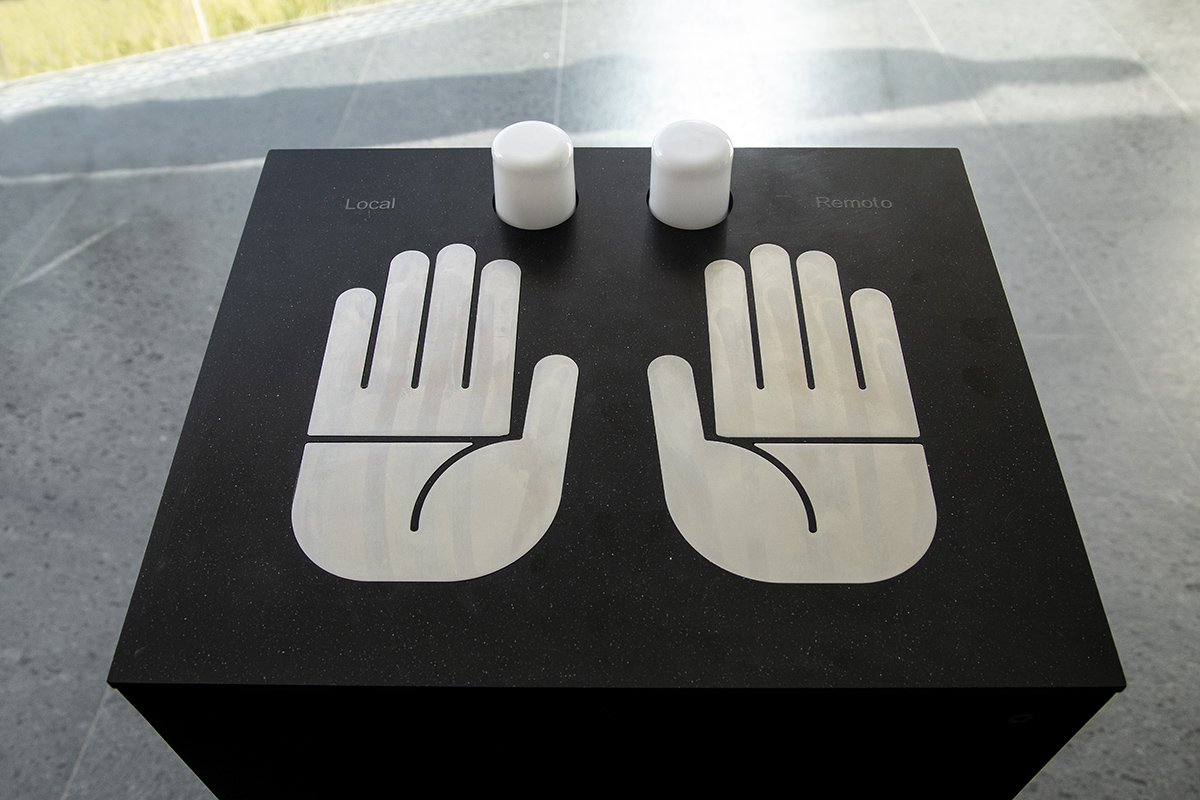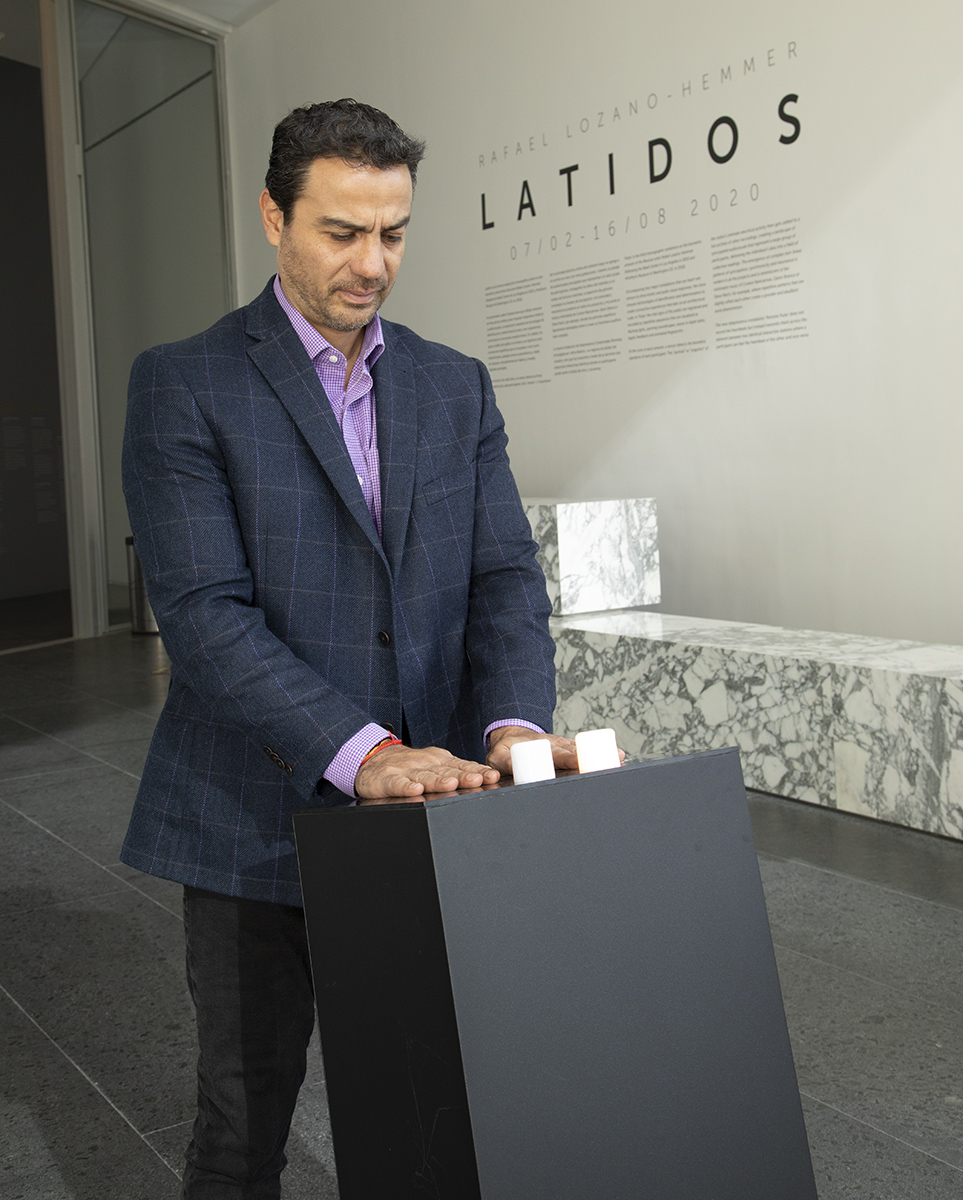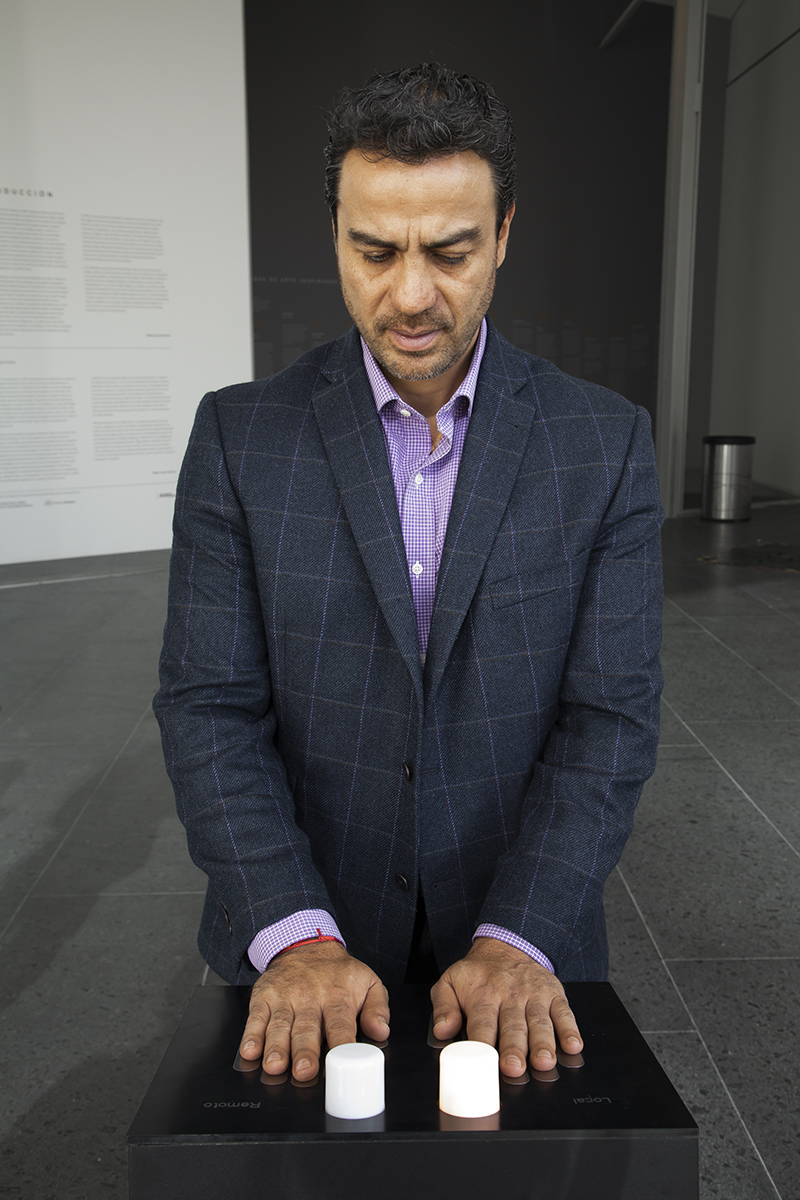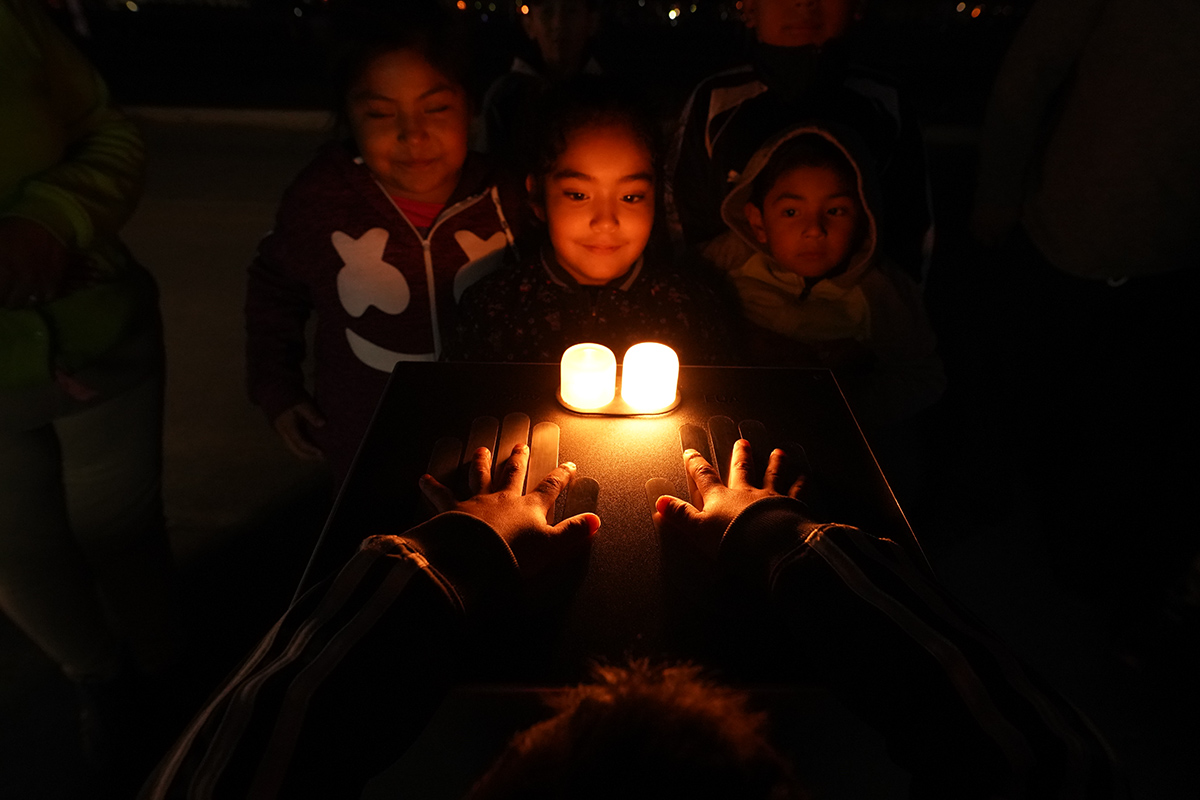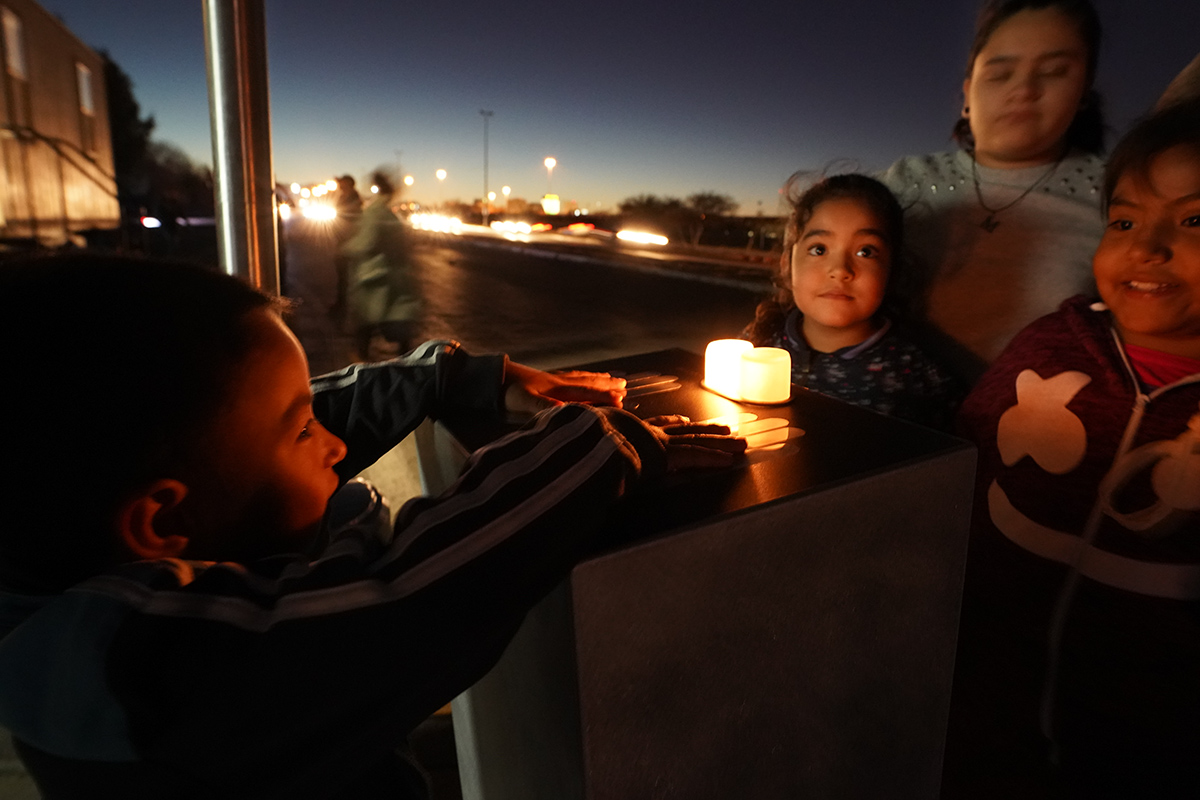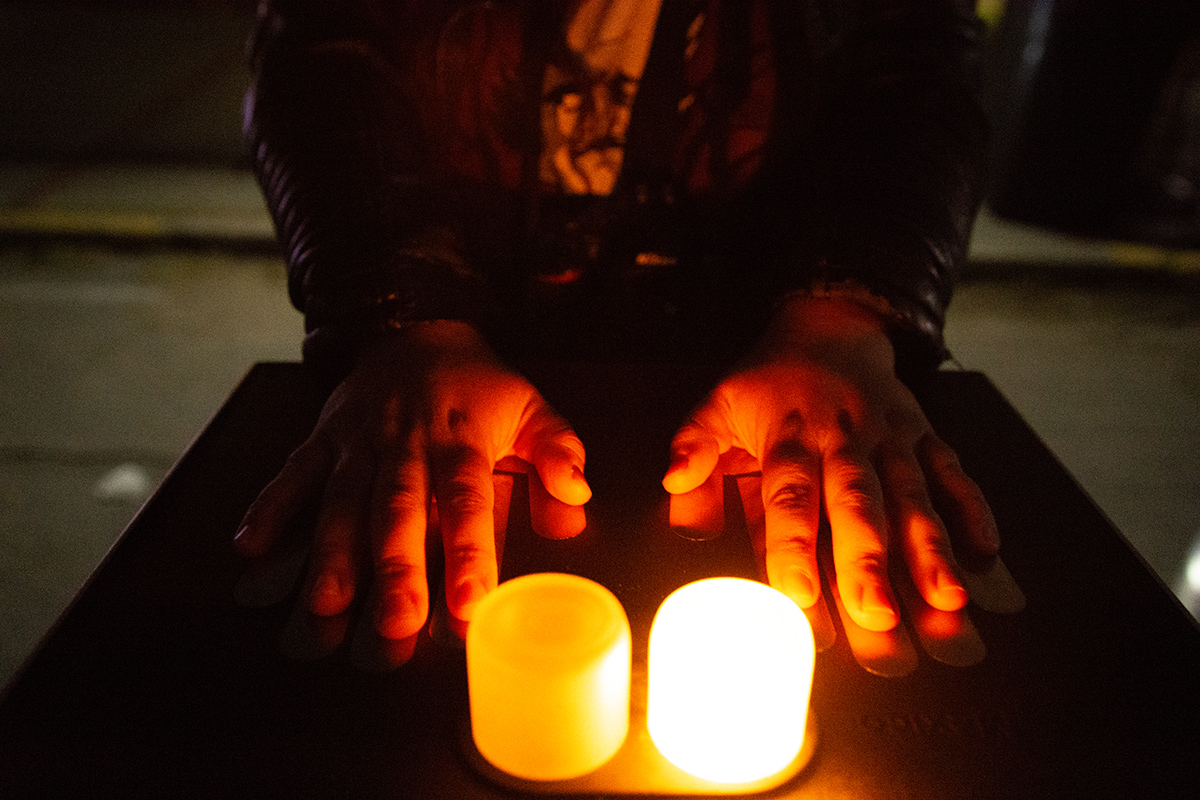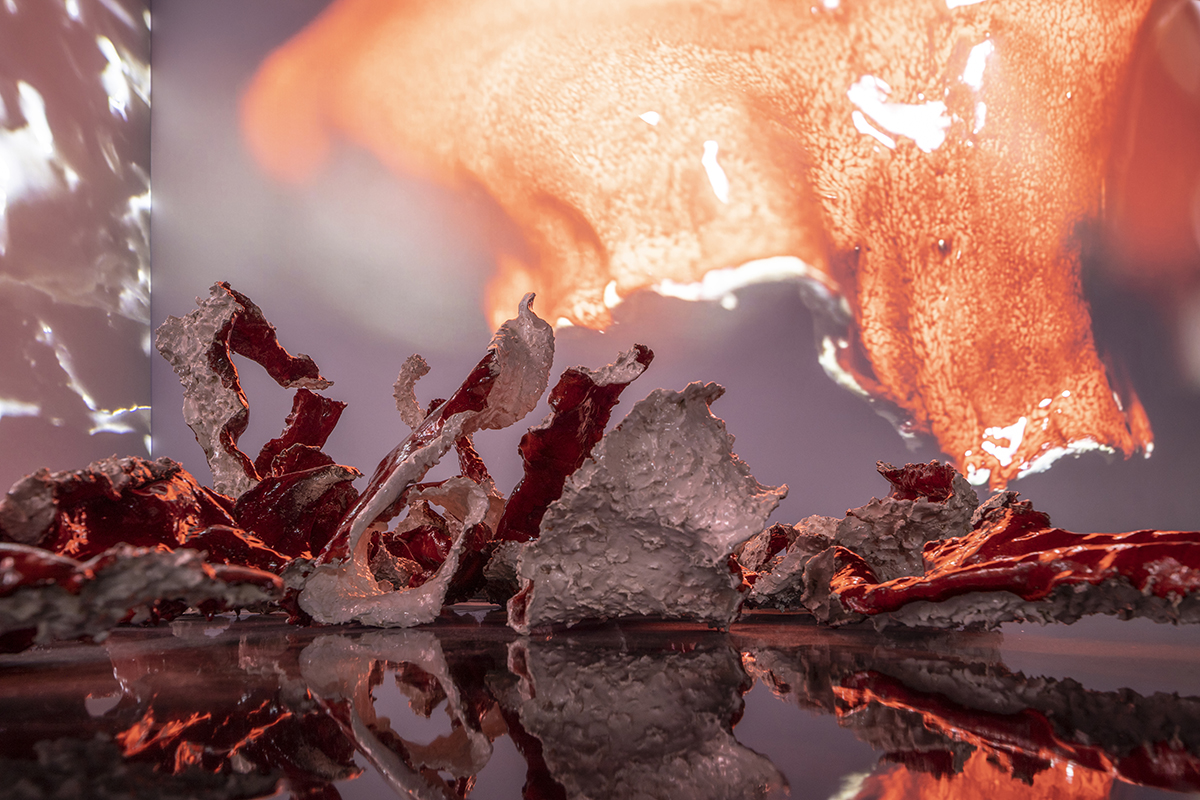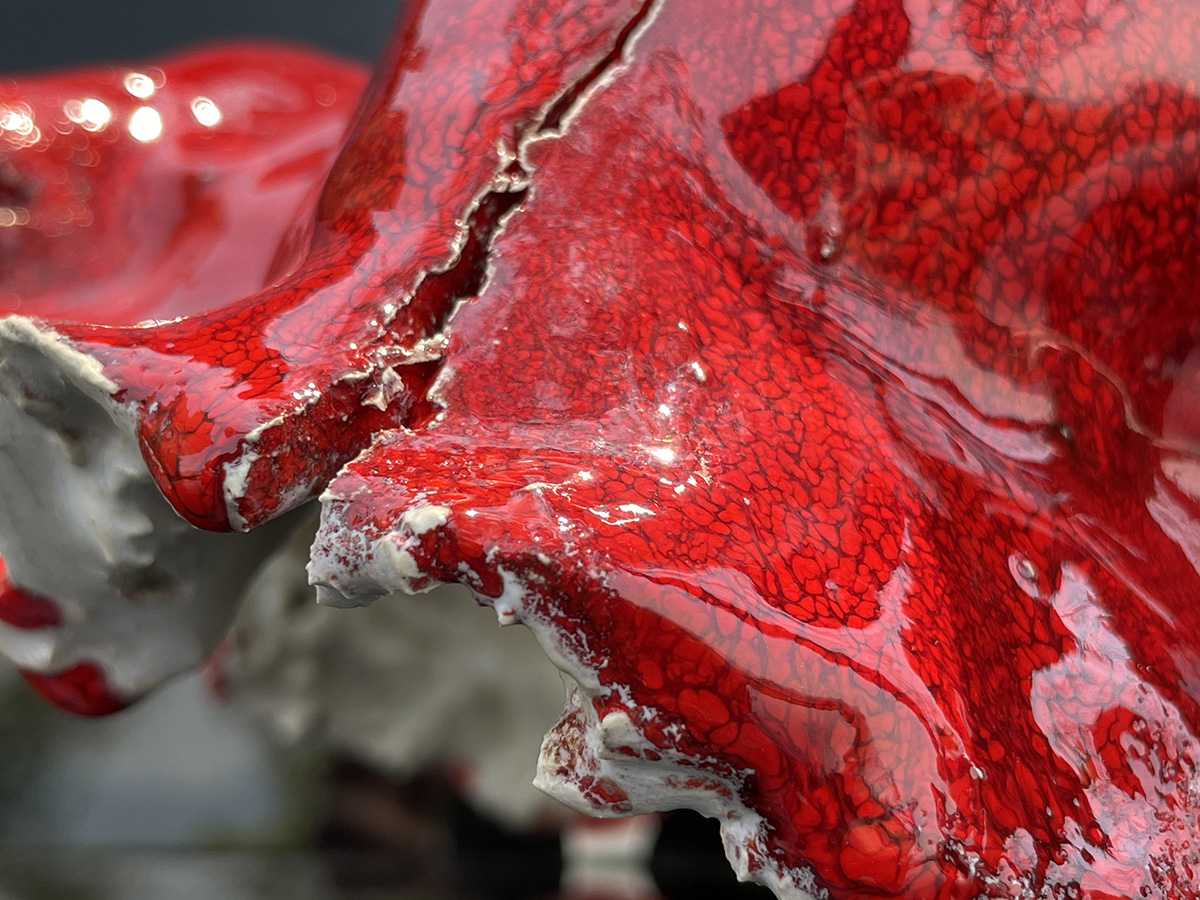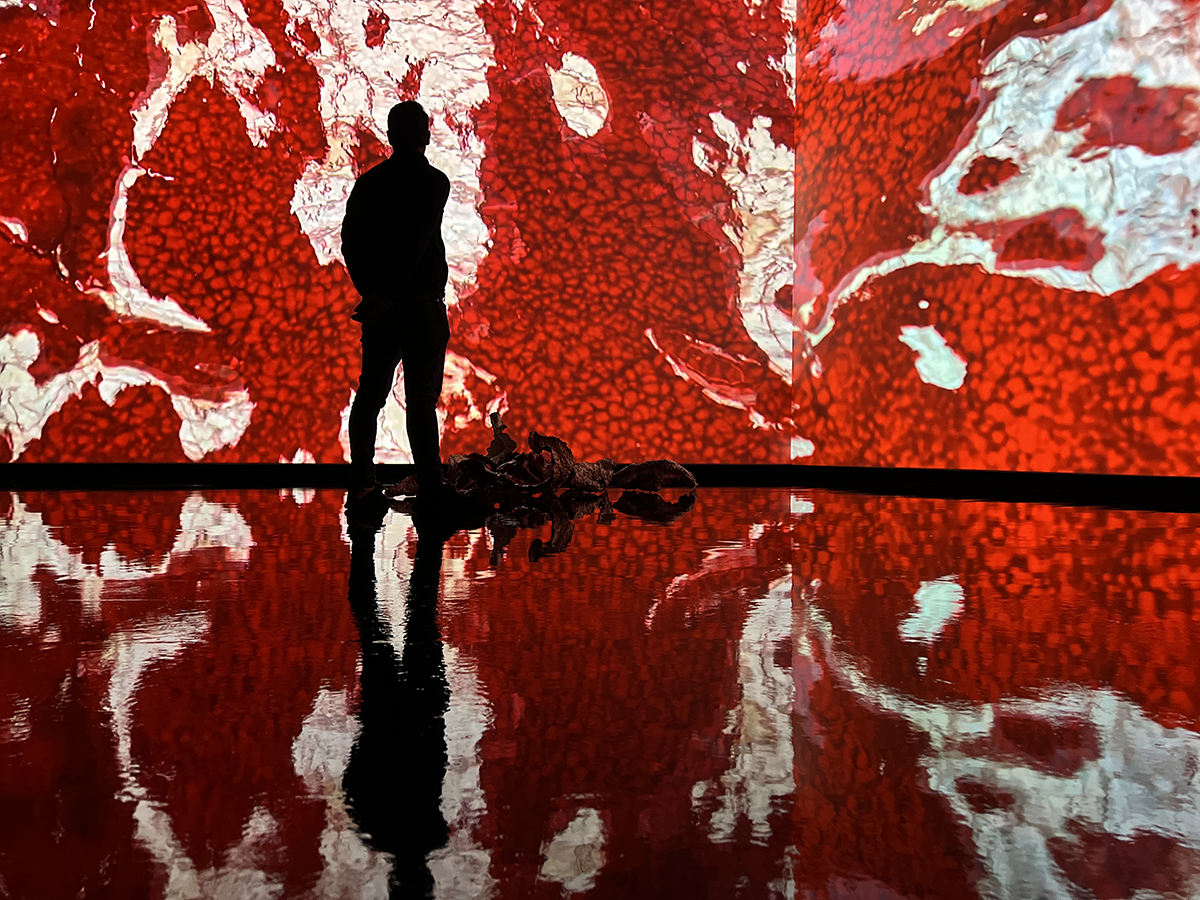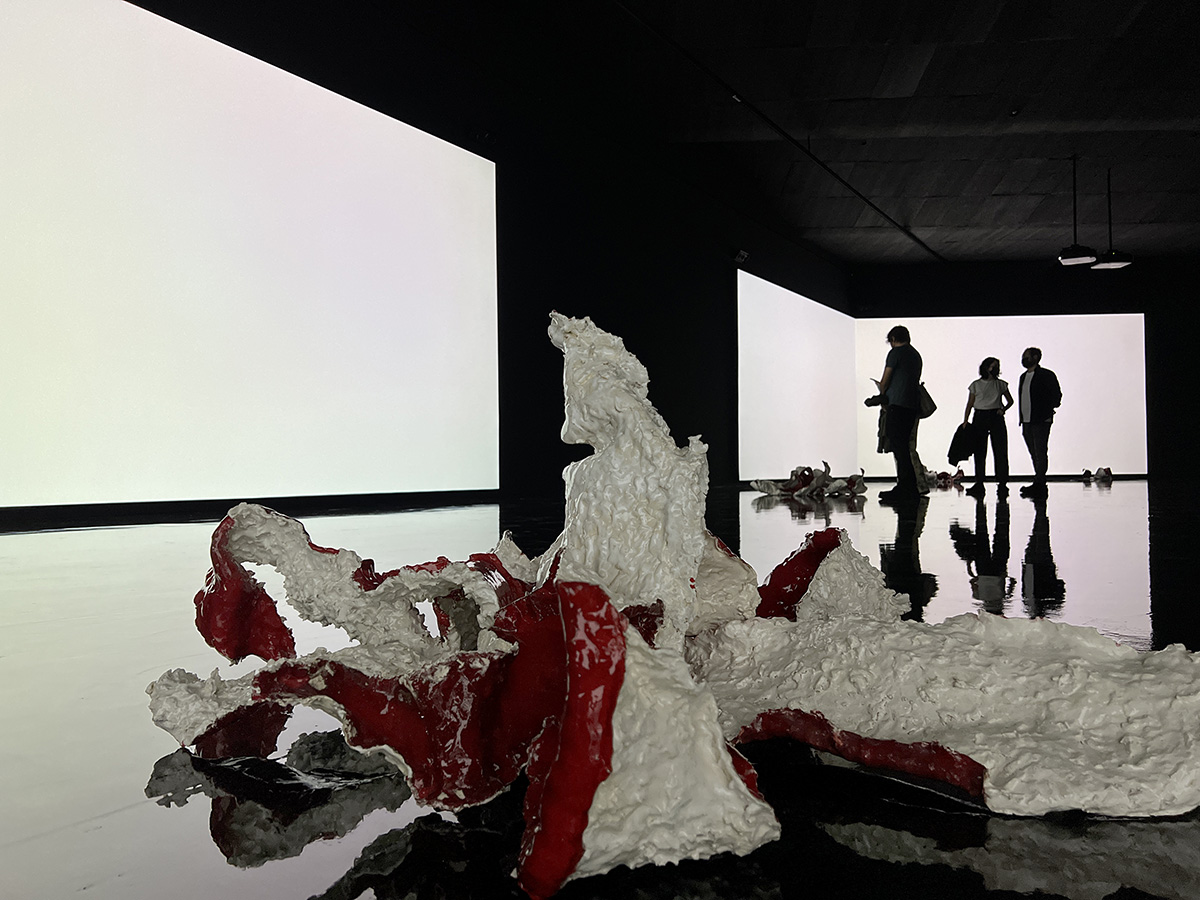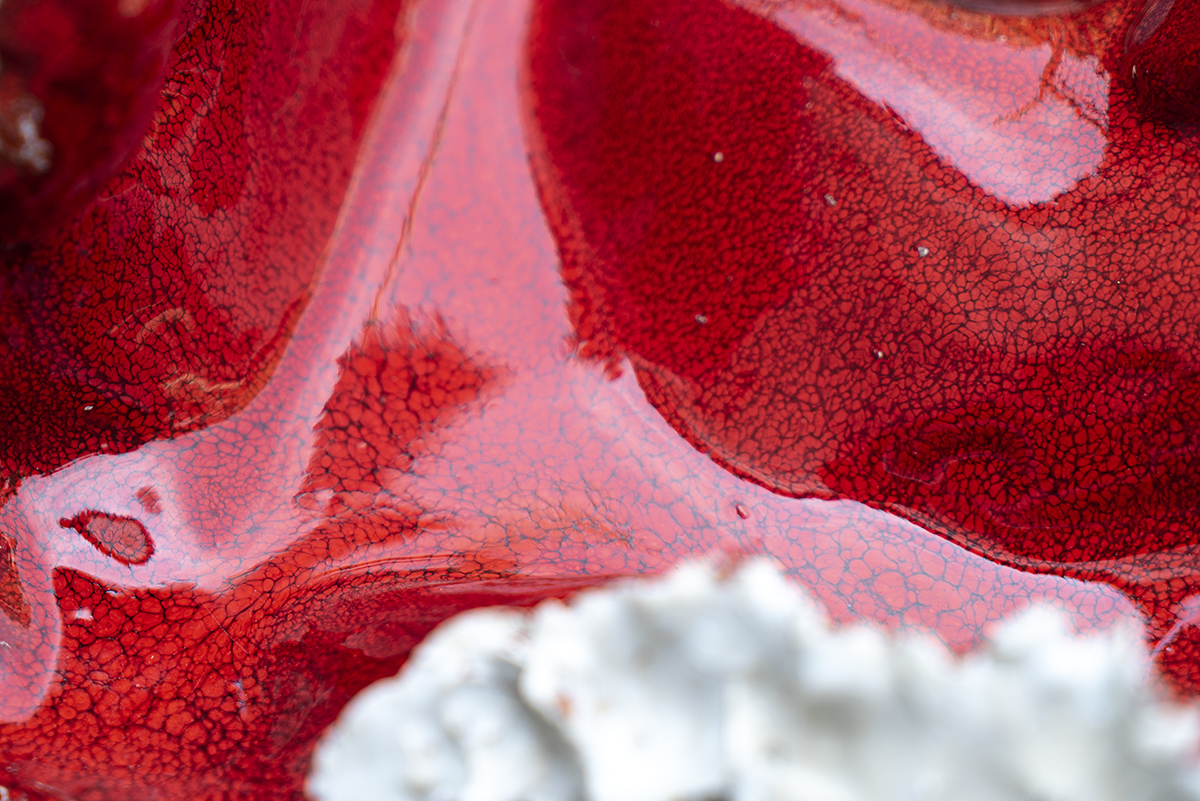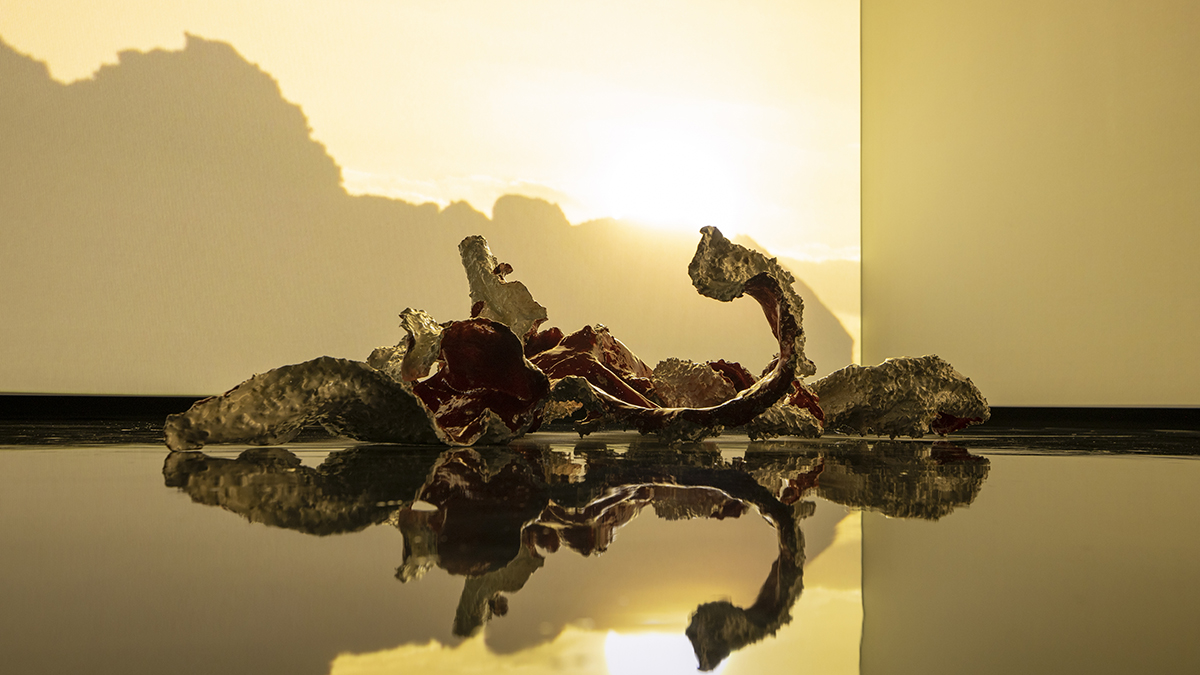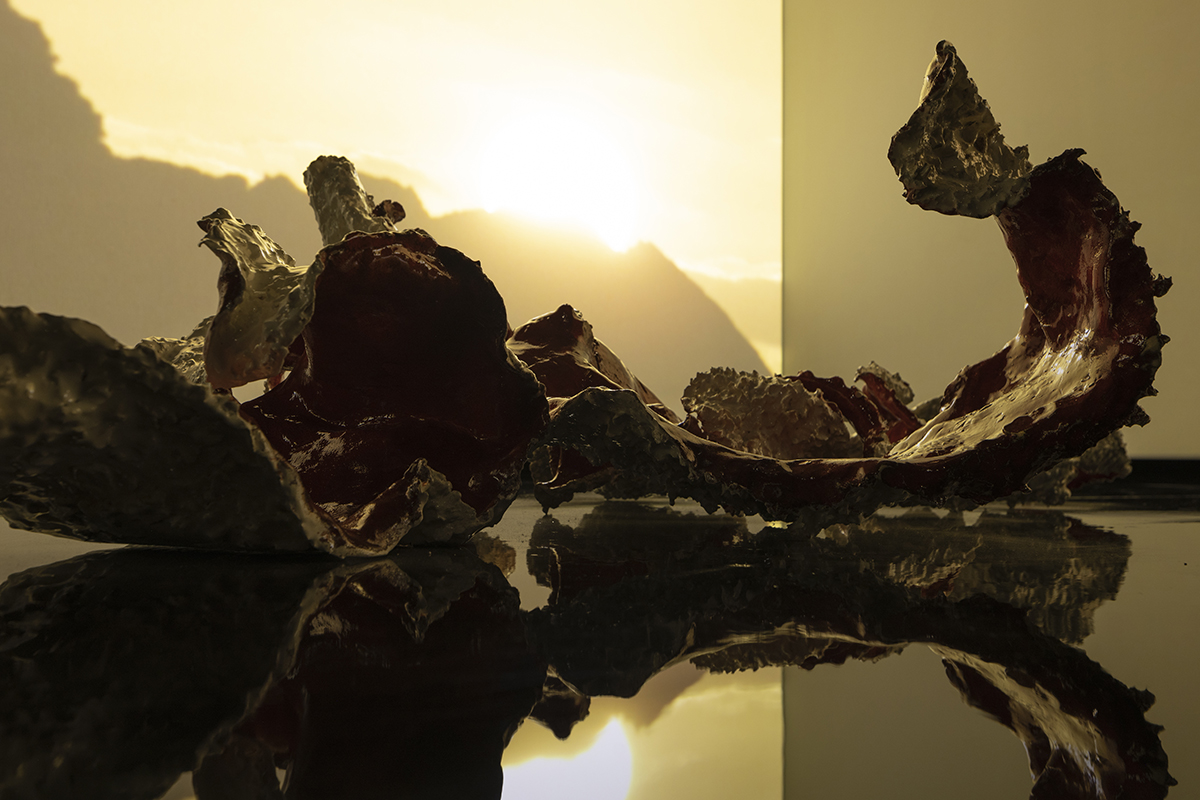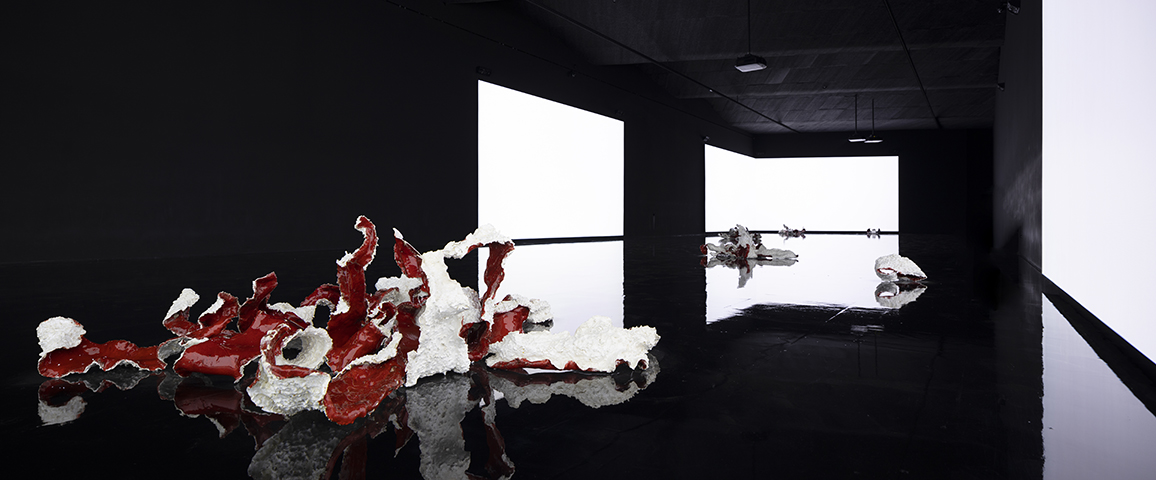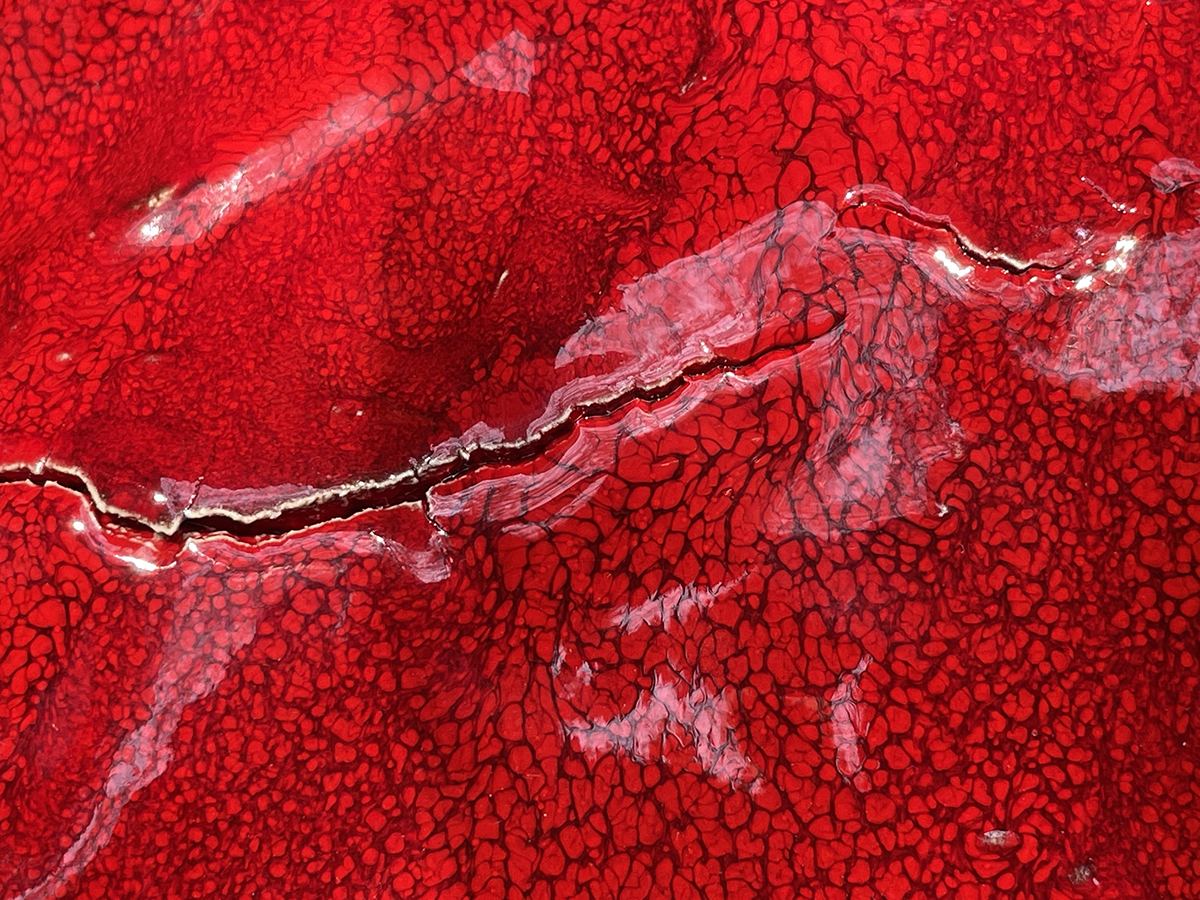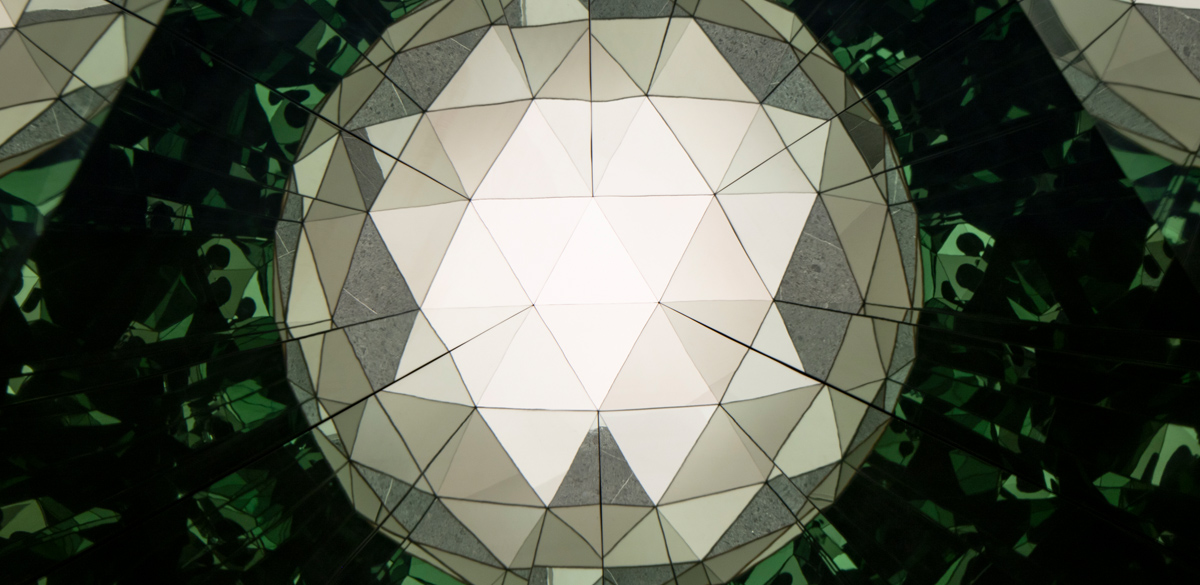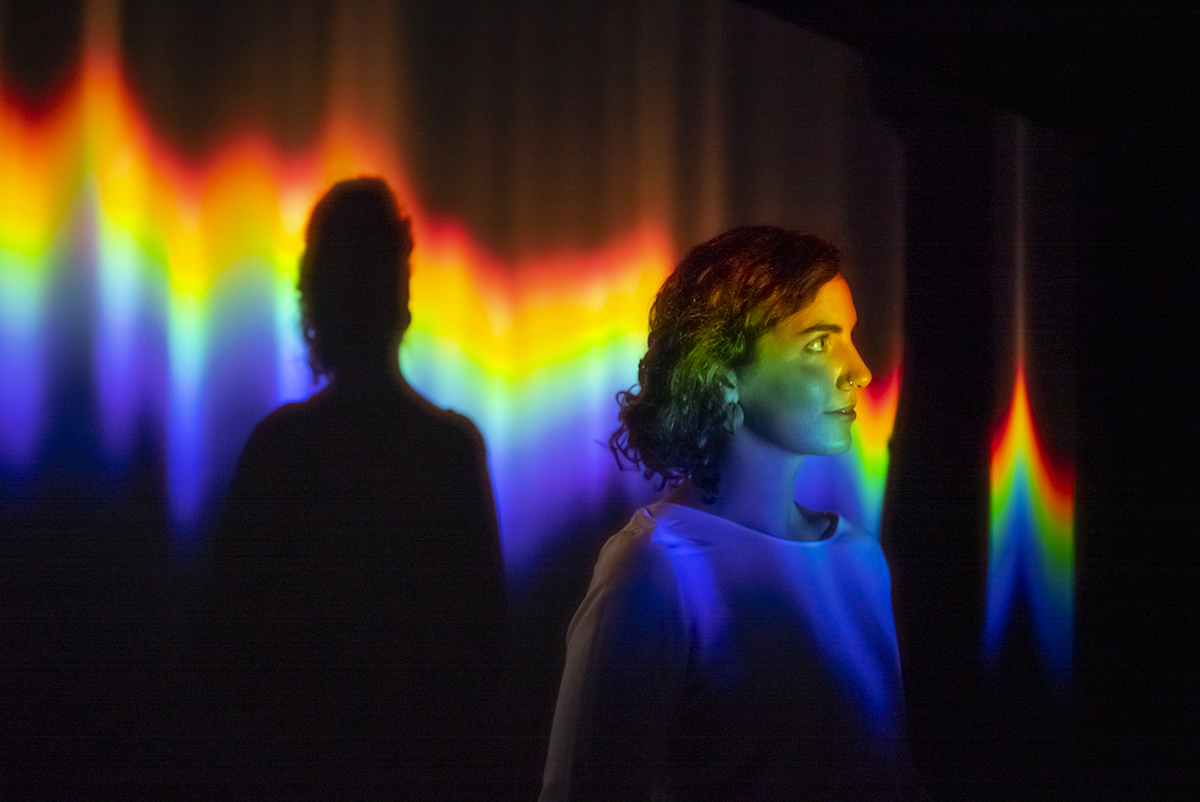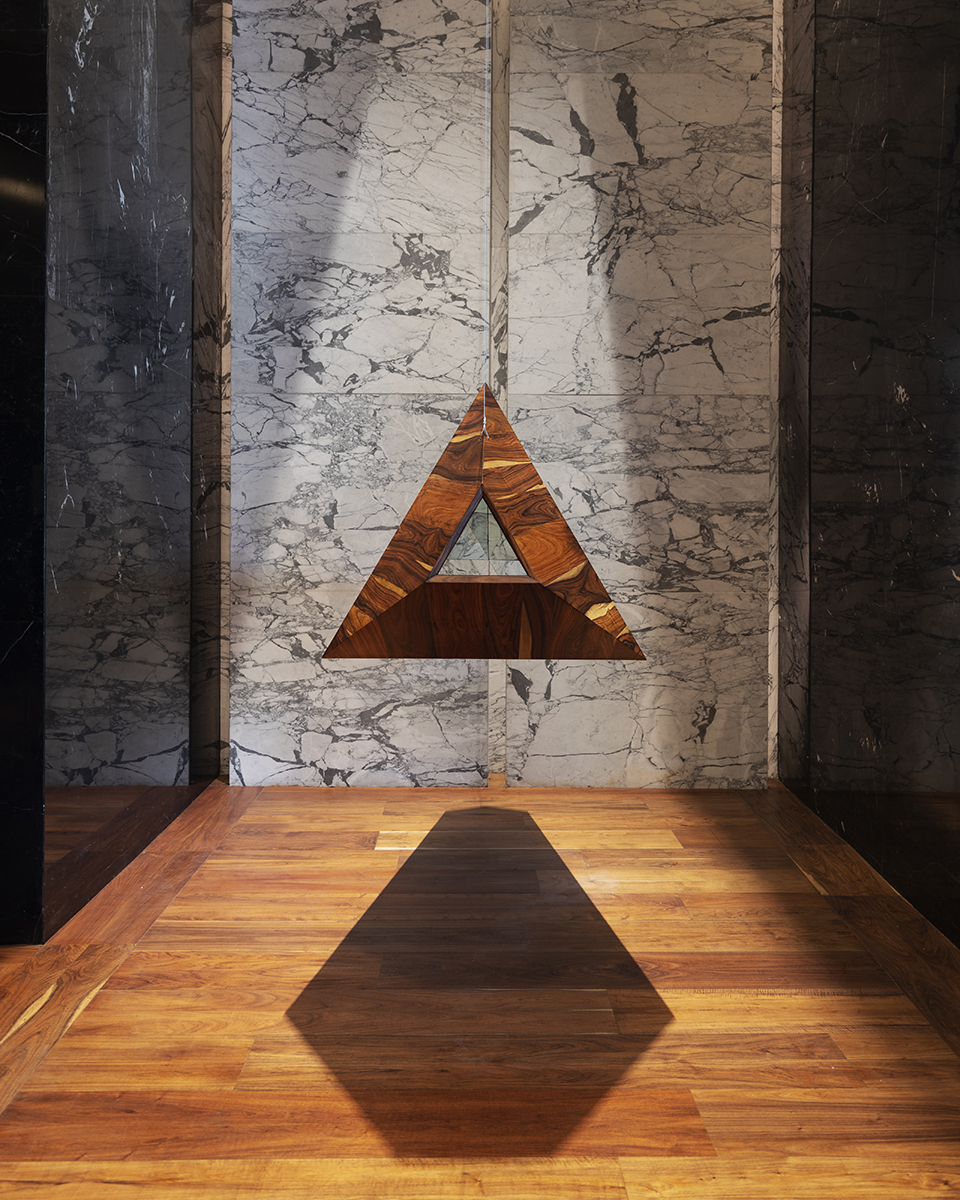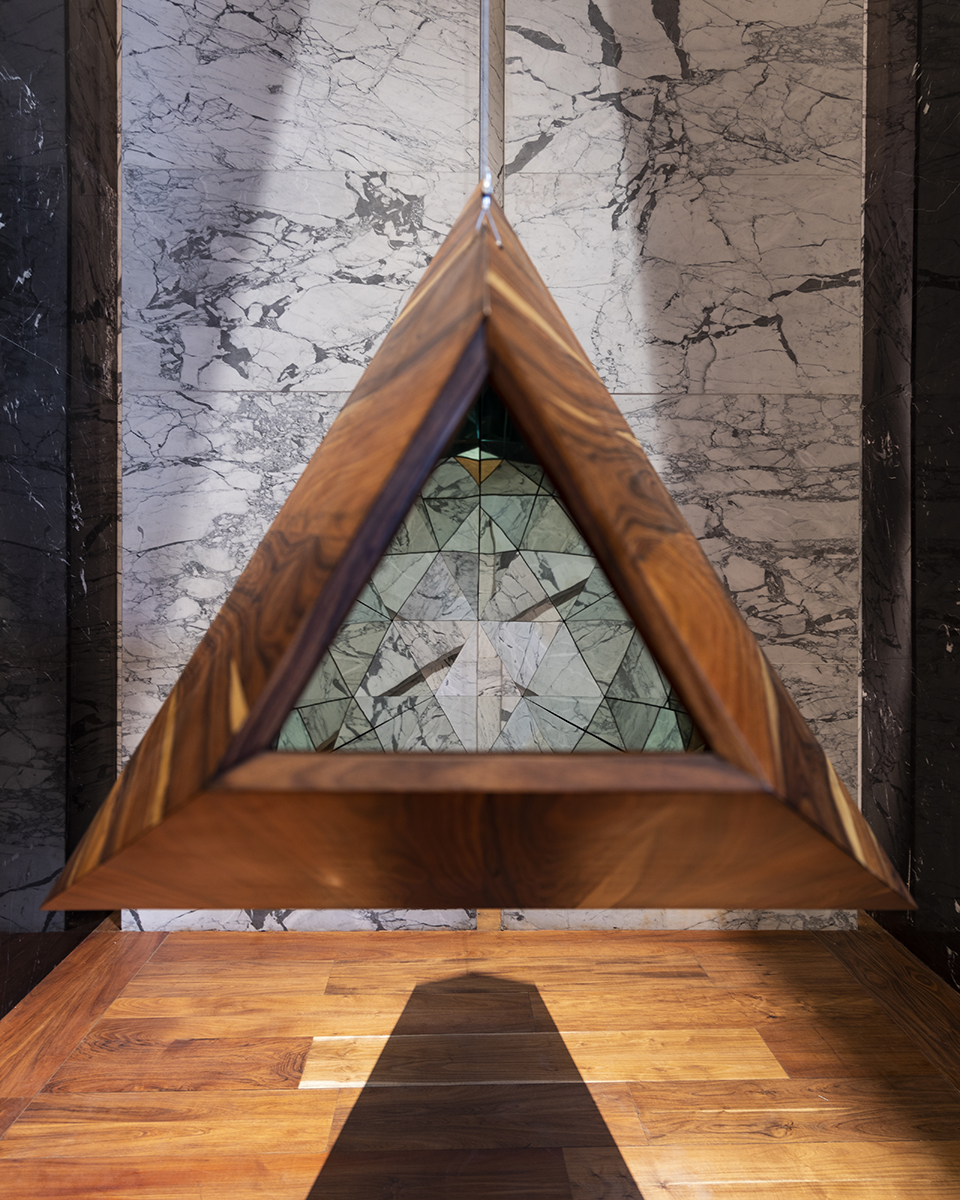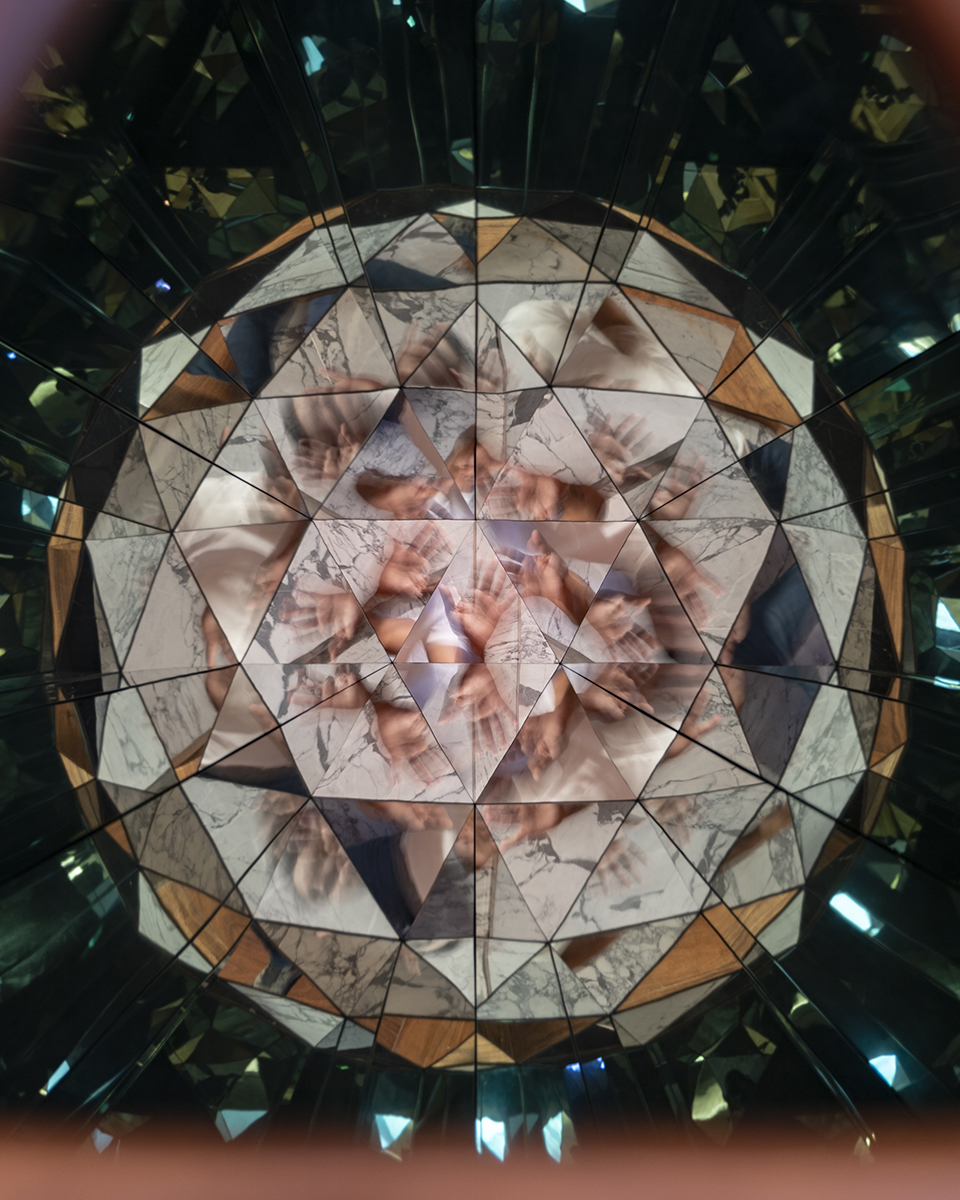28 Nov SENSORY ROUTE 🗓 🗺
Recorrido por las obras de la Colección Fundación Arte Abierto
Sensory Route is a journey so that people of any age, from children to adults, can approach contemporary art from everyday life and the body, through exercises of observation, interaction and attentive exploration. The intention is to learn about some of the formulas of contemporary art from the works of the Arte Abierto Foundation Collection that are located in the outdoor spaces of ARTZ Pedregal.
Using a sensory map as a guide and the senses of our body, we will explore and reflect on the creation mechanisms of some of the artists that are part of our collection.
Join the tour every Saturday in December at 4:00 pm.
>>
Artworks from the Arte Abierto Foundation Collection at ARTZ Pedregal:
- Daniel Buren, The Fountain of Live Colors for Mexico, 2017.
- Ai Weiwei, Forever, 2013.
- Tania Candiani, Kiosko sonoro, 2018.
- Rafael Lozano-Hemmer, Corazonadas remotas, 2019.
- Erick Meyenberg, Things We Do for Love, 2022.
- Jose Dávila, Joint Effort, 2019.
>>
- SAT.DEC.02 | 4:00 pm
- SAT.DEC.09 | 4:00 pm
- SAT.DEC.16 | 4:00 pm
- SAT.DEC.23 | 4:00 pm
- SAT.DEC.30 | 4:00 pm
>>
>>
- Free admission | For all ages (kids and families welcomed).
- Meeting point: In front of the Joint Effort sculpture by Jose Dávila (PB, ARTZ Pedregal, between the Louis Vuitton and Hermès stores).



